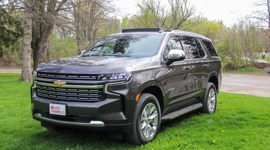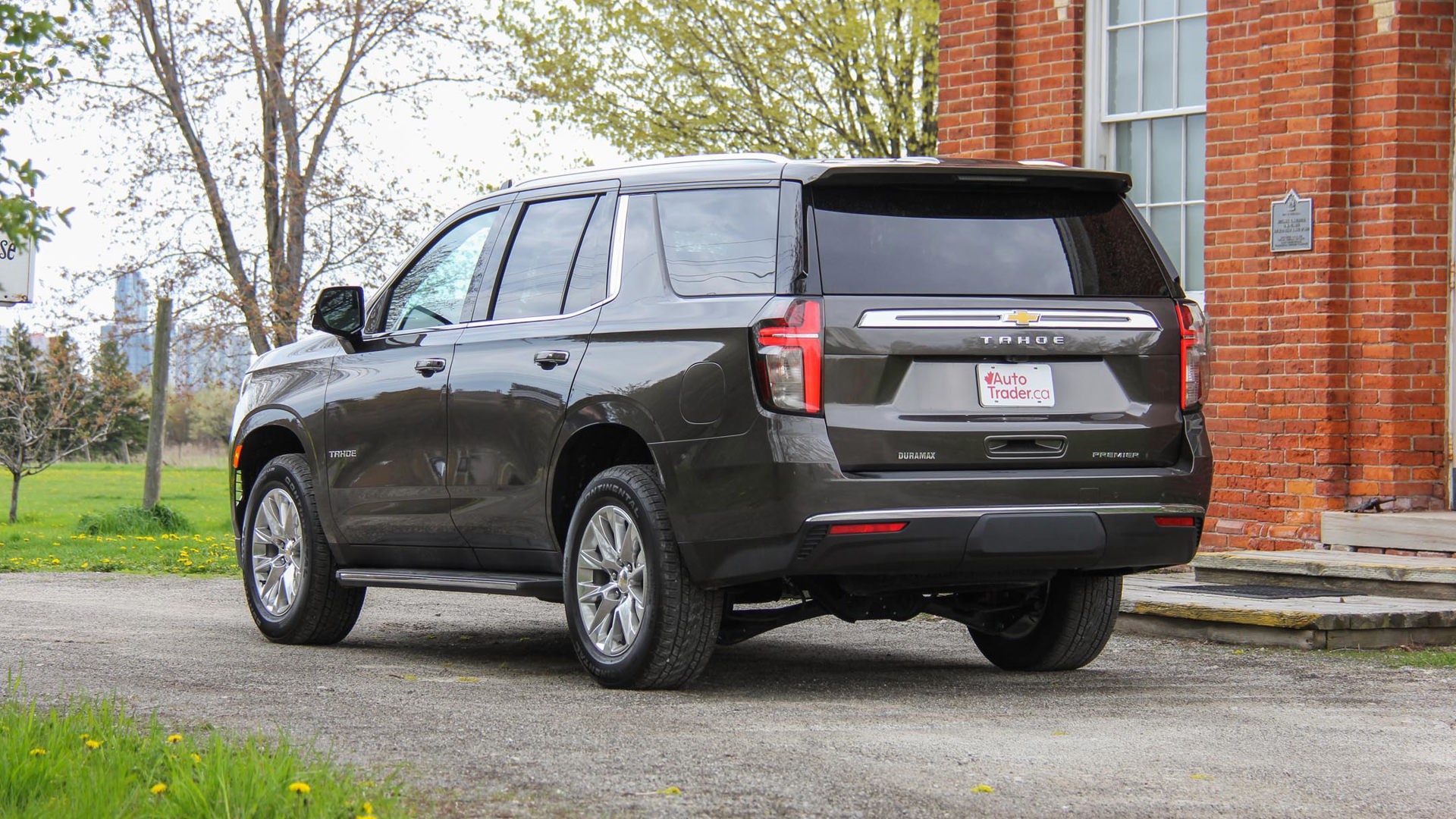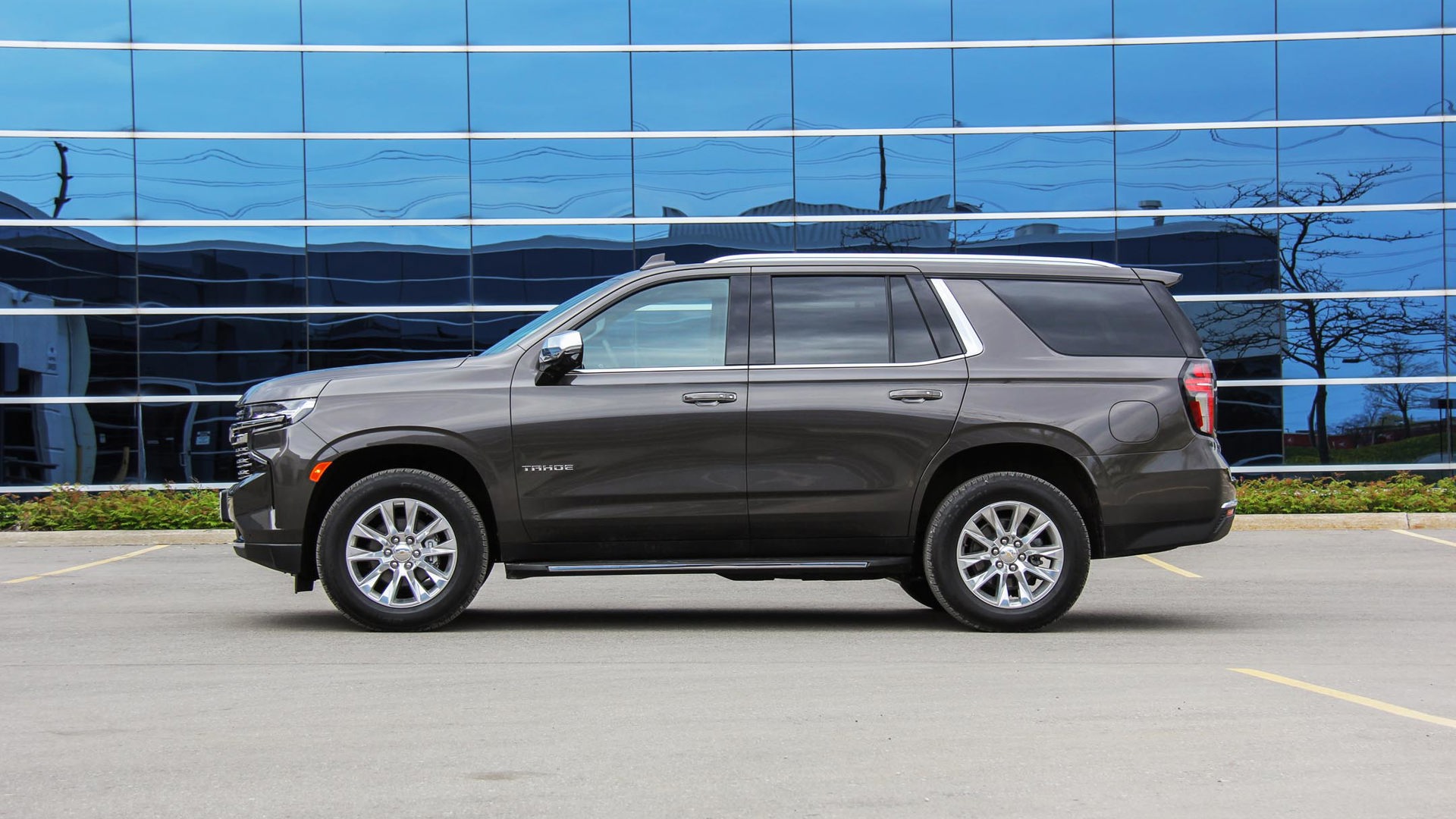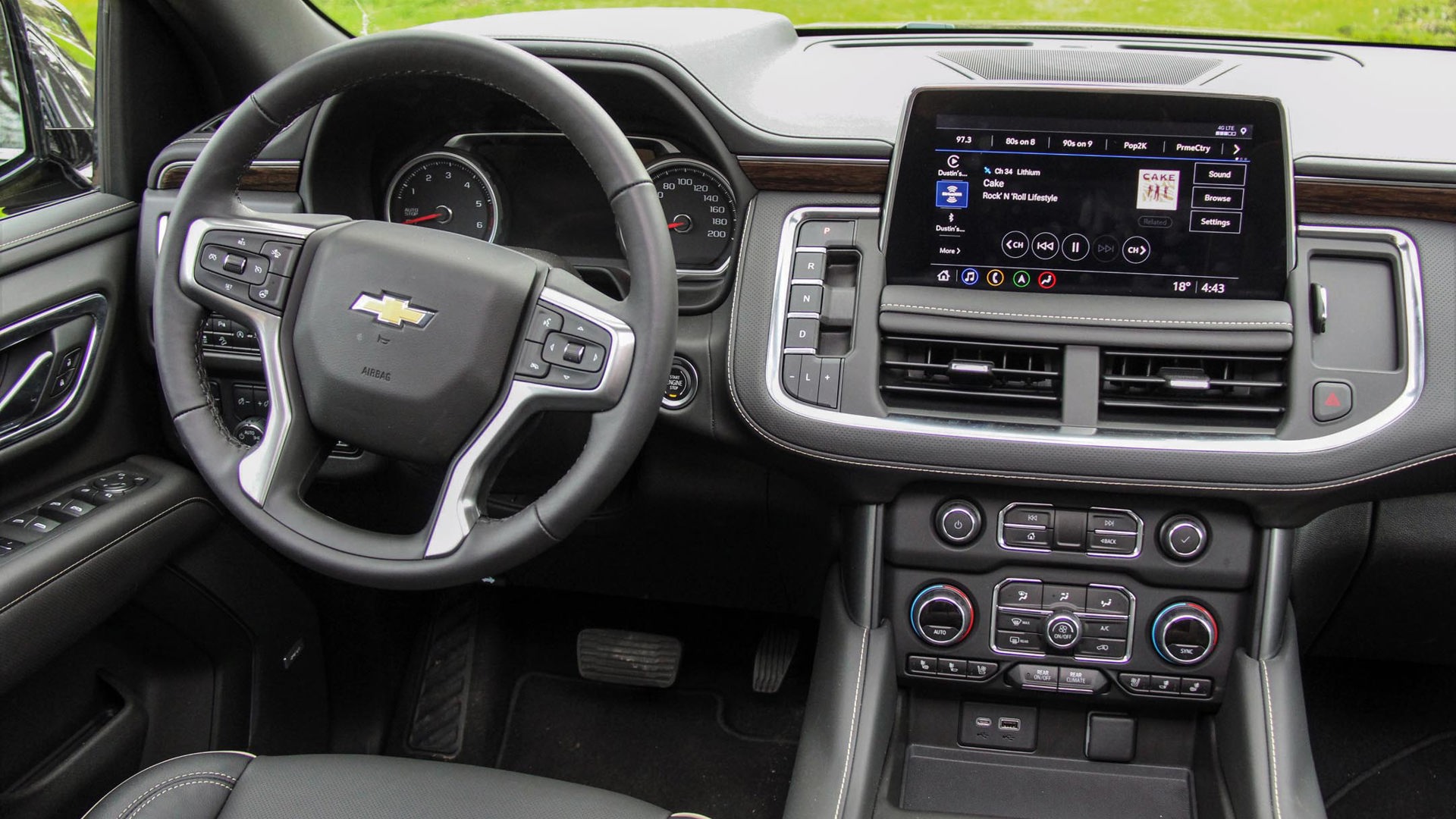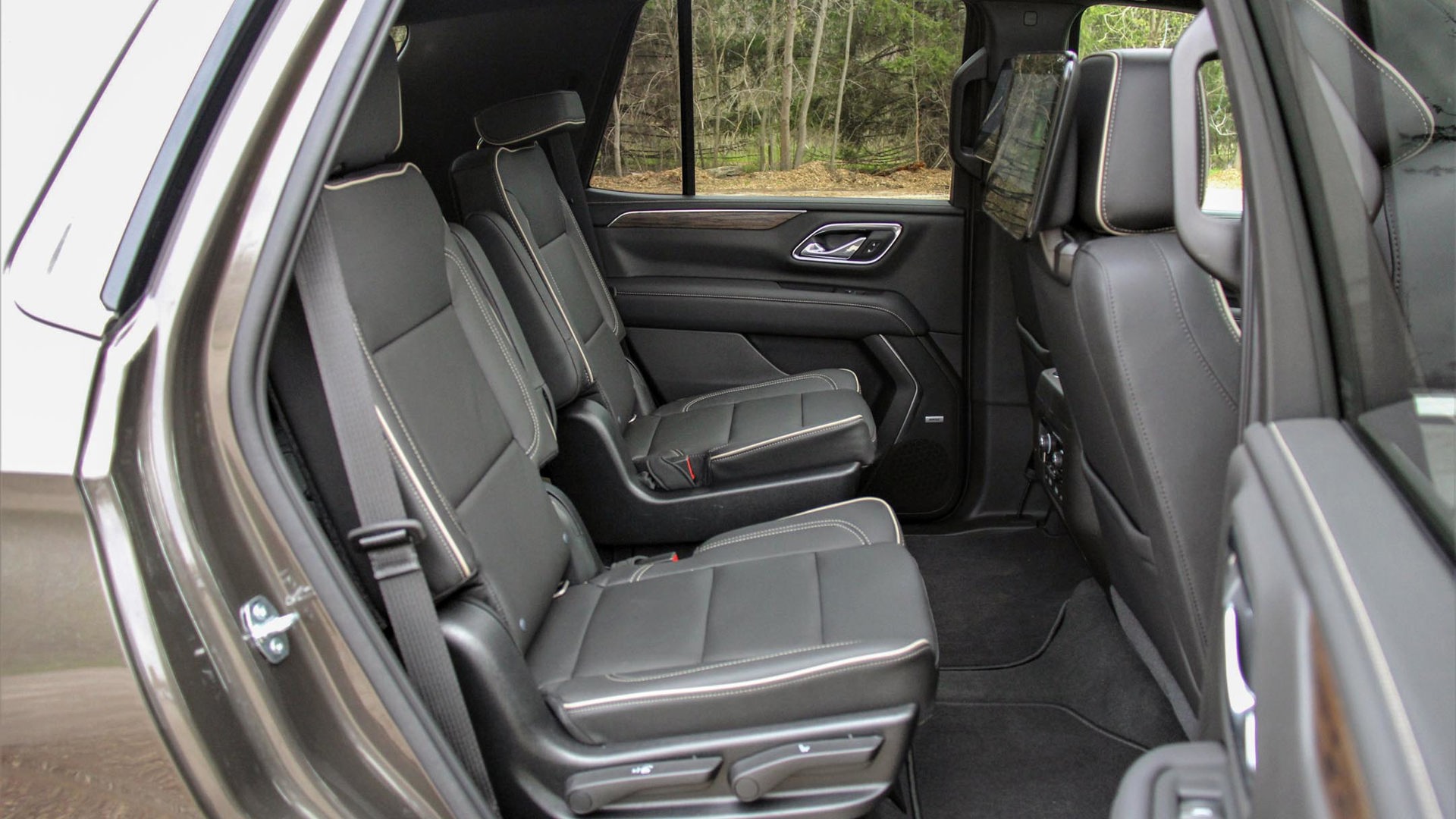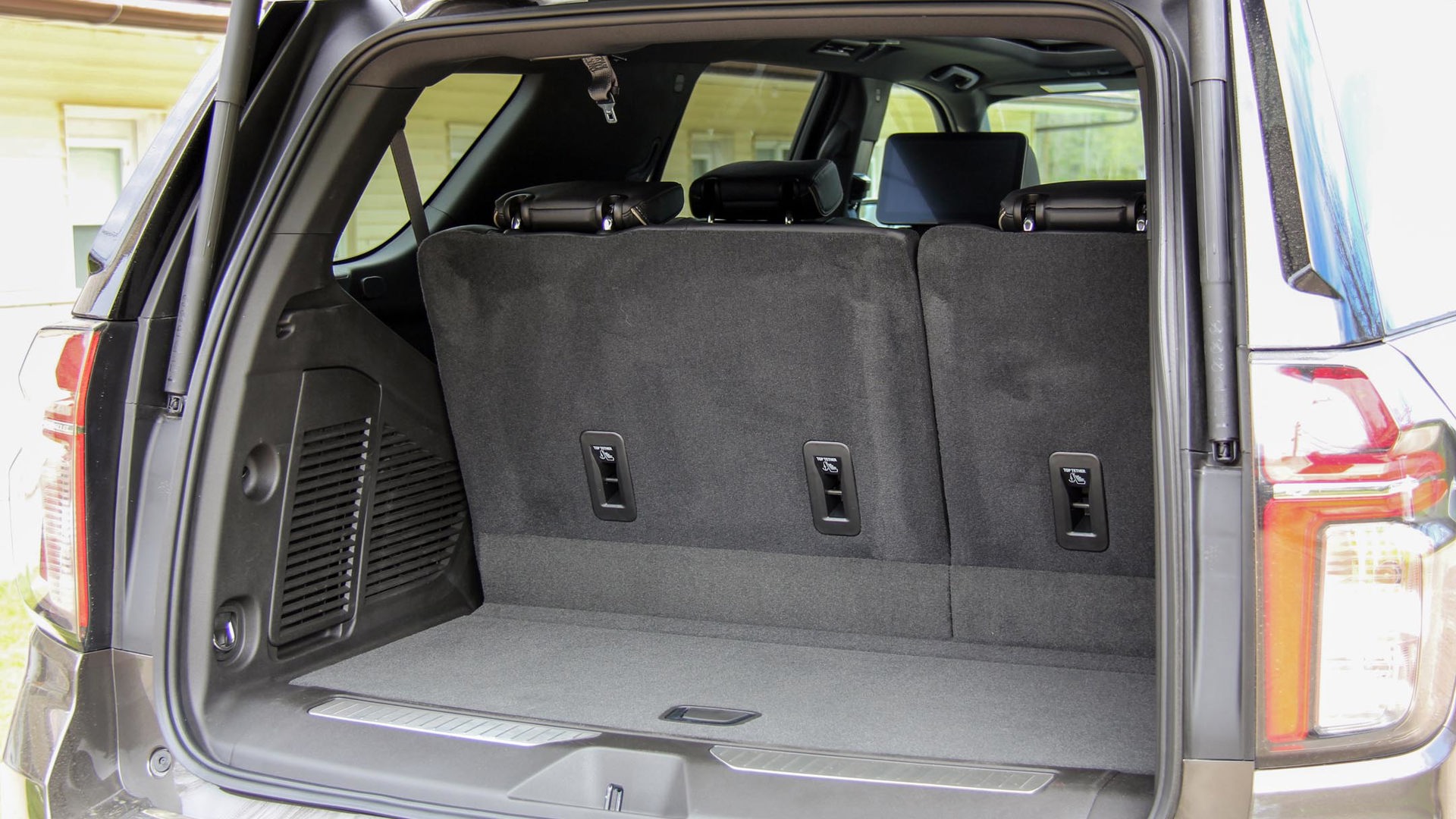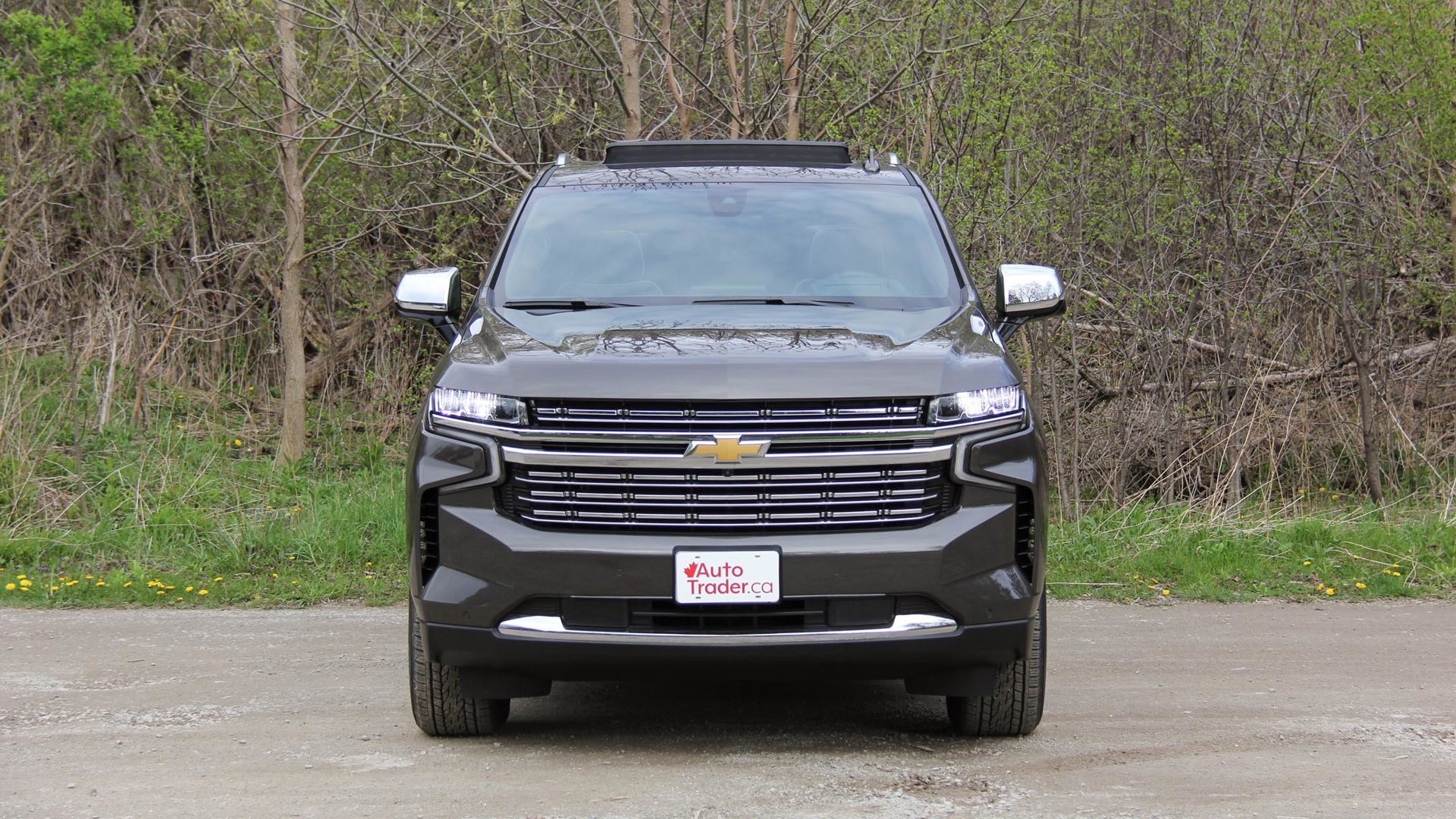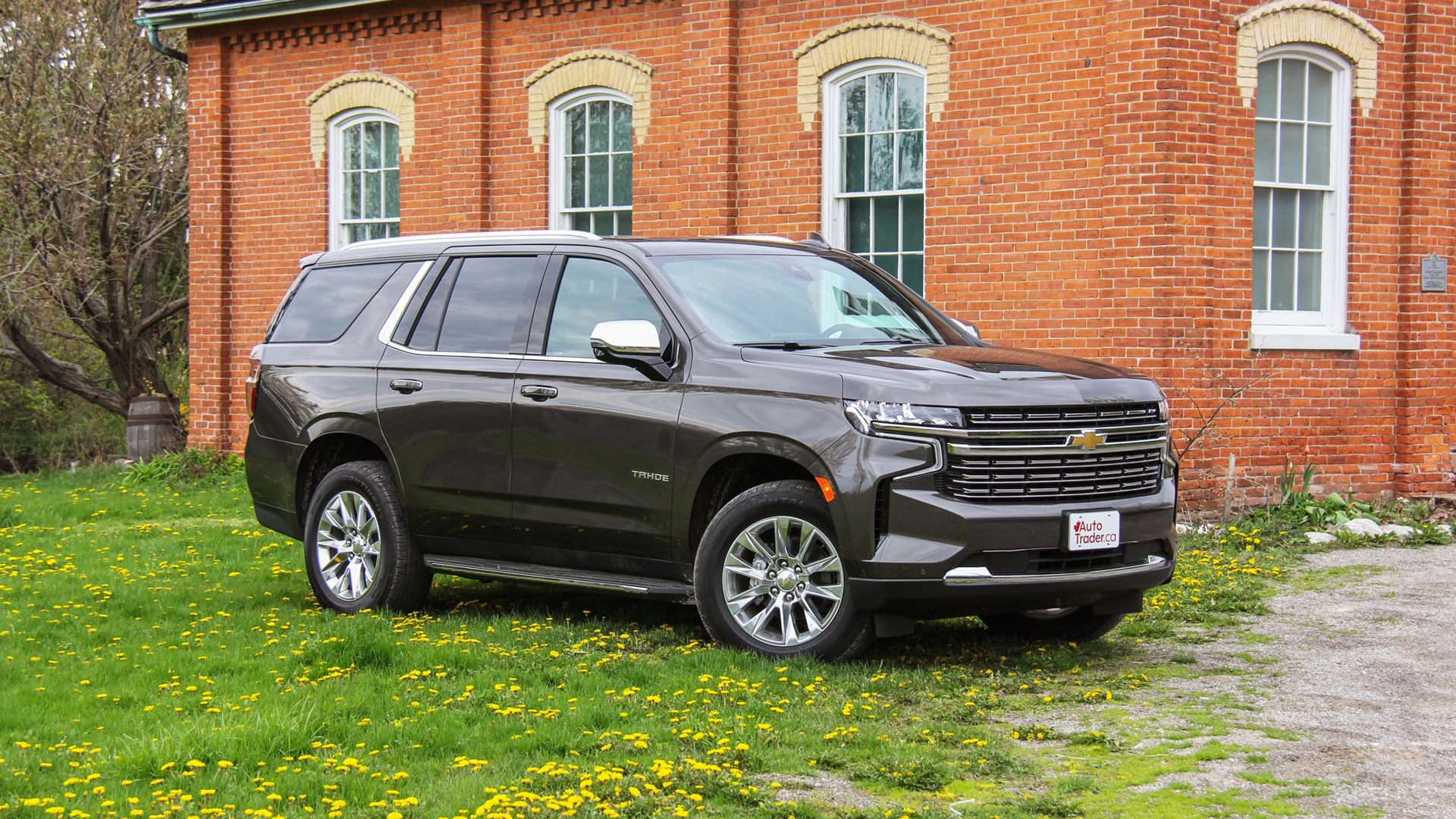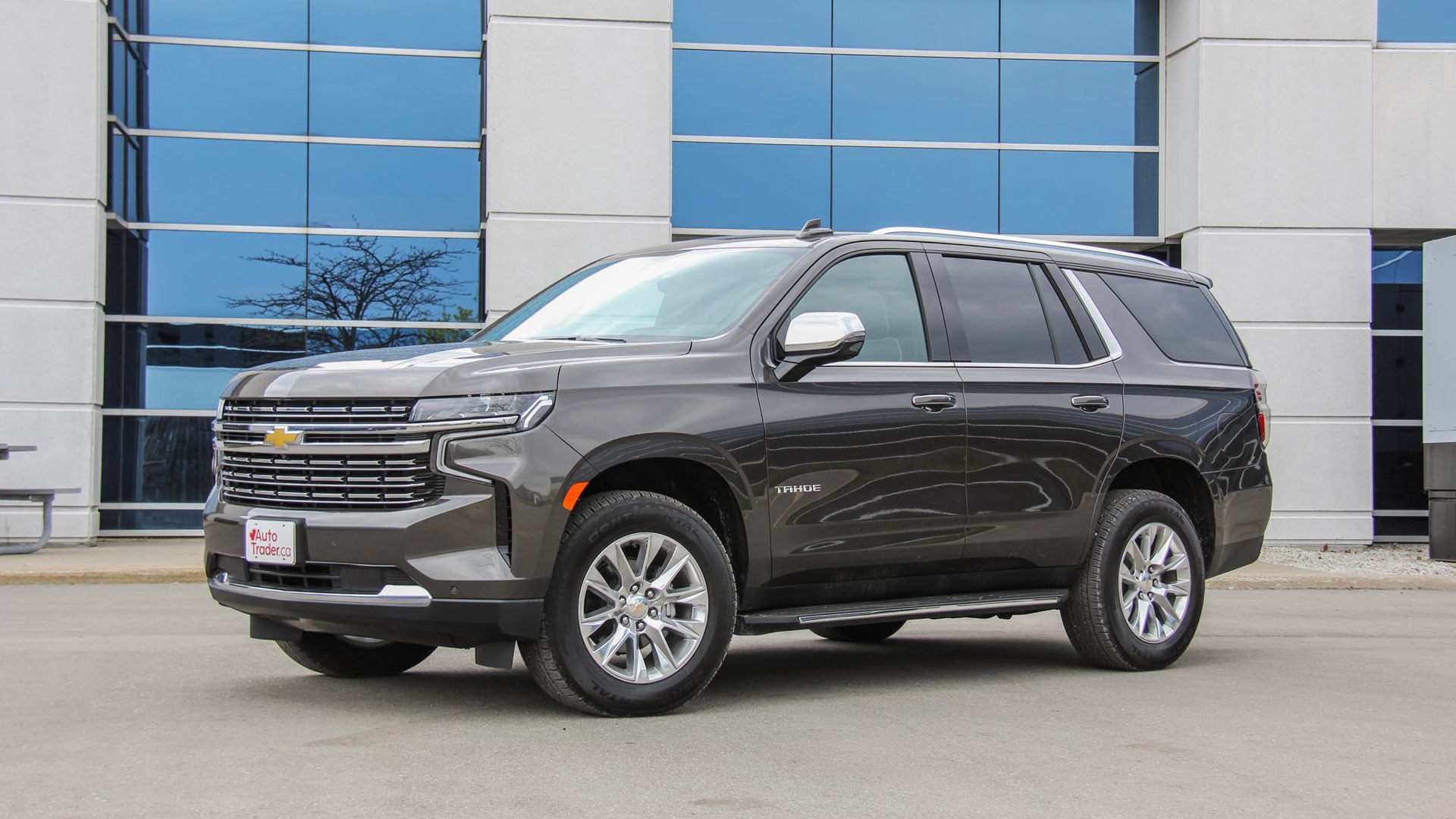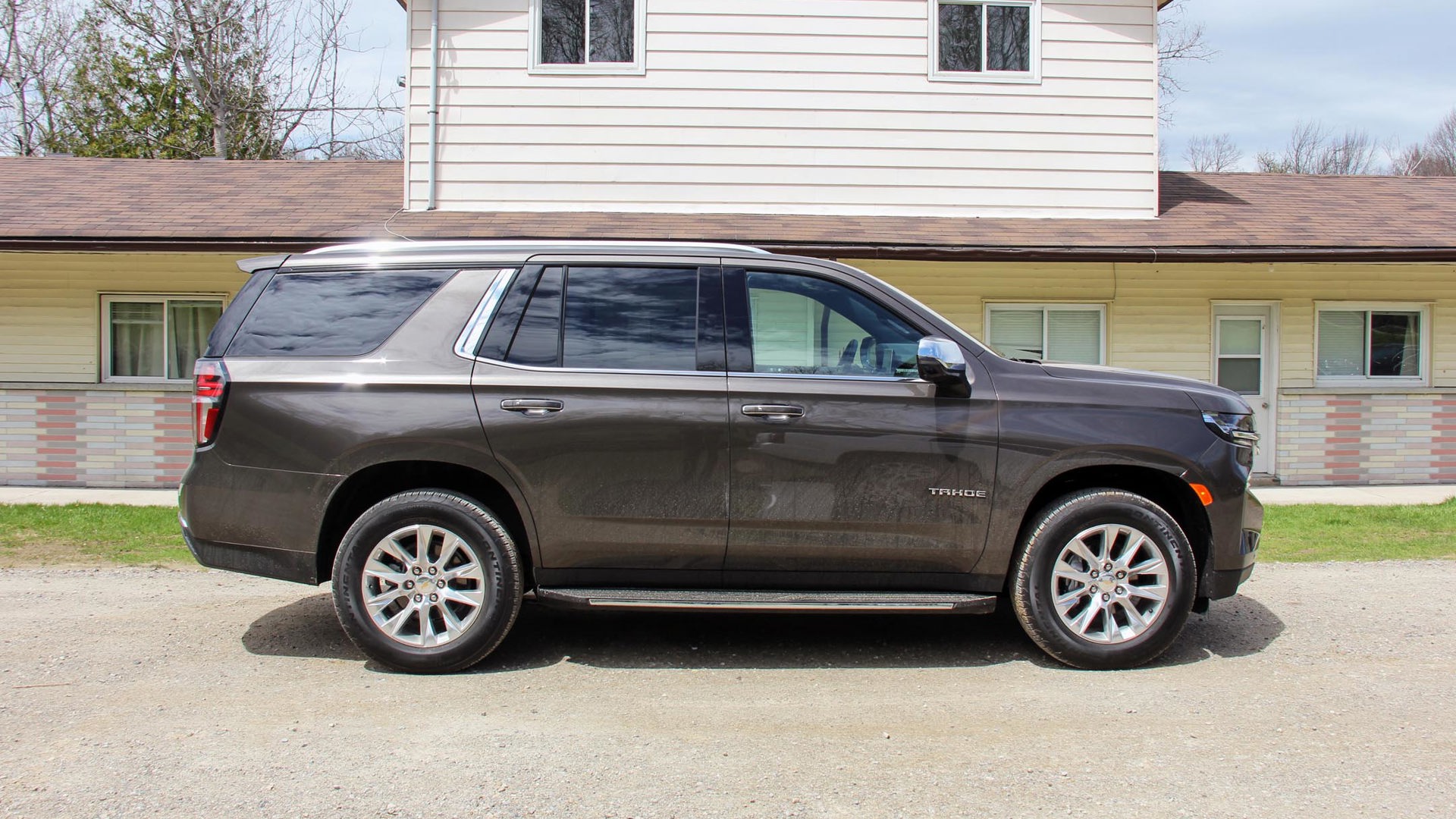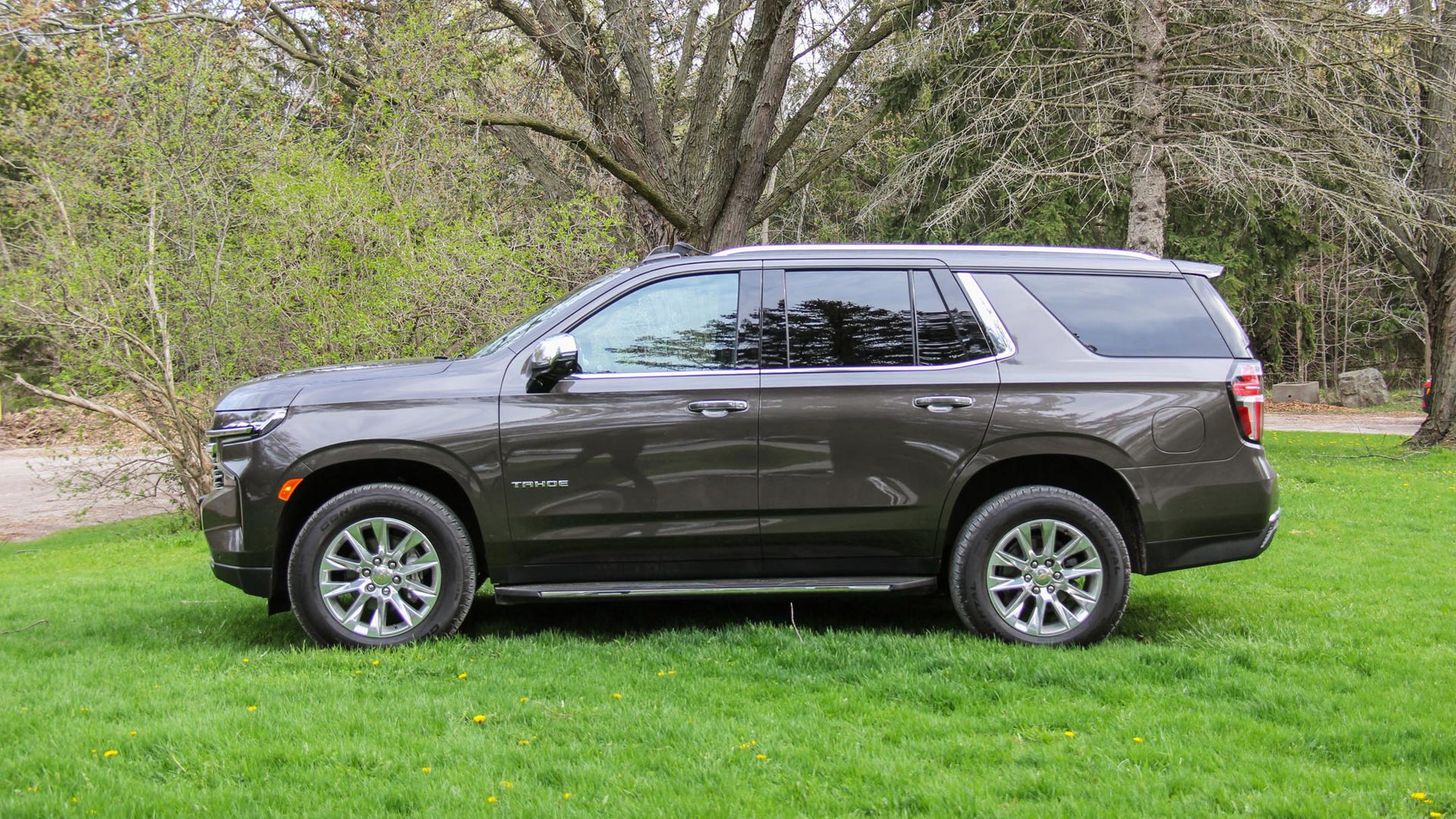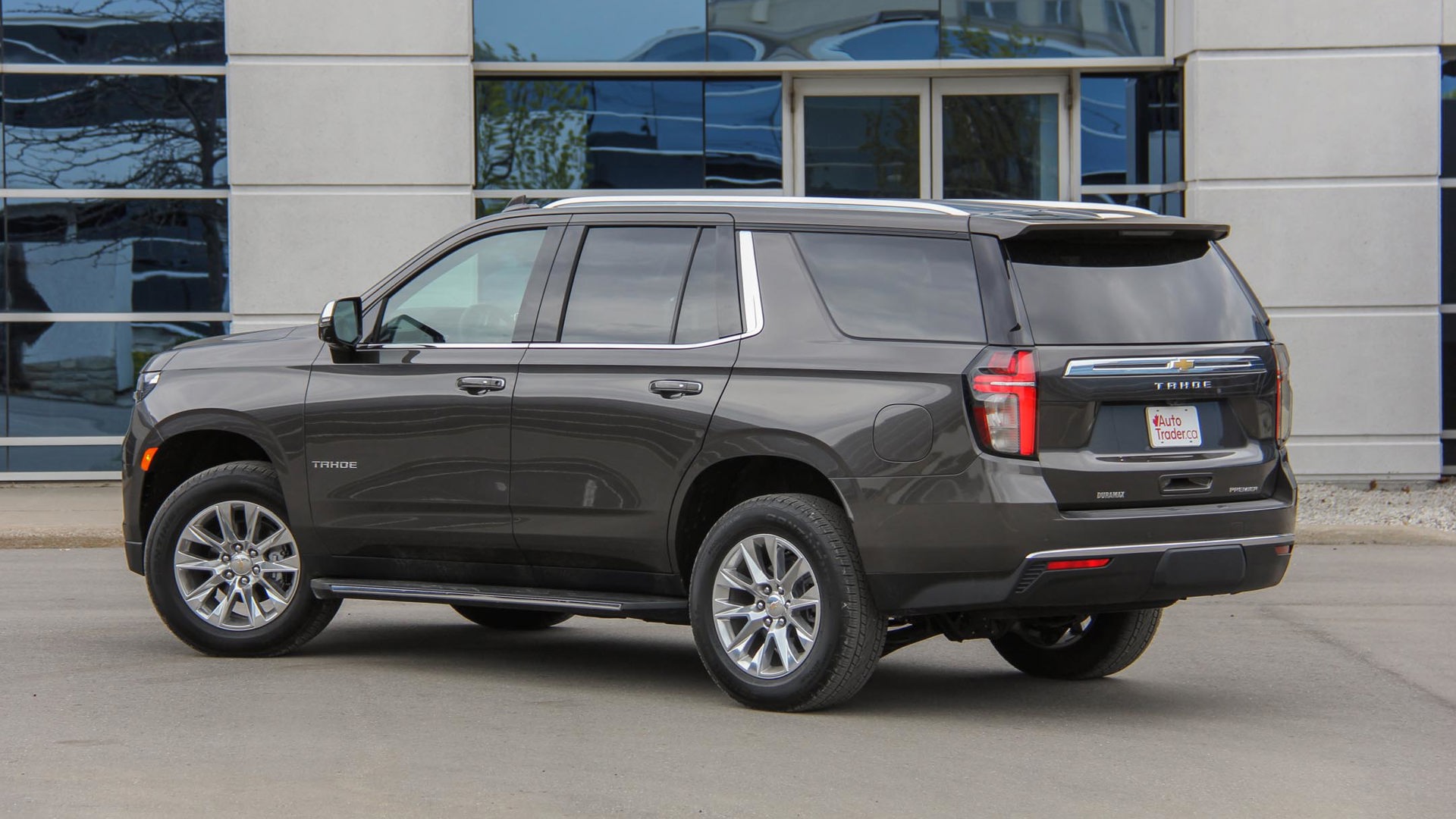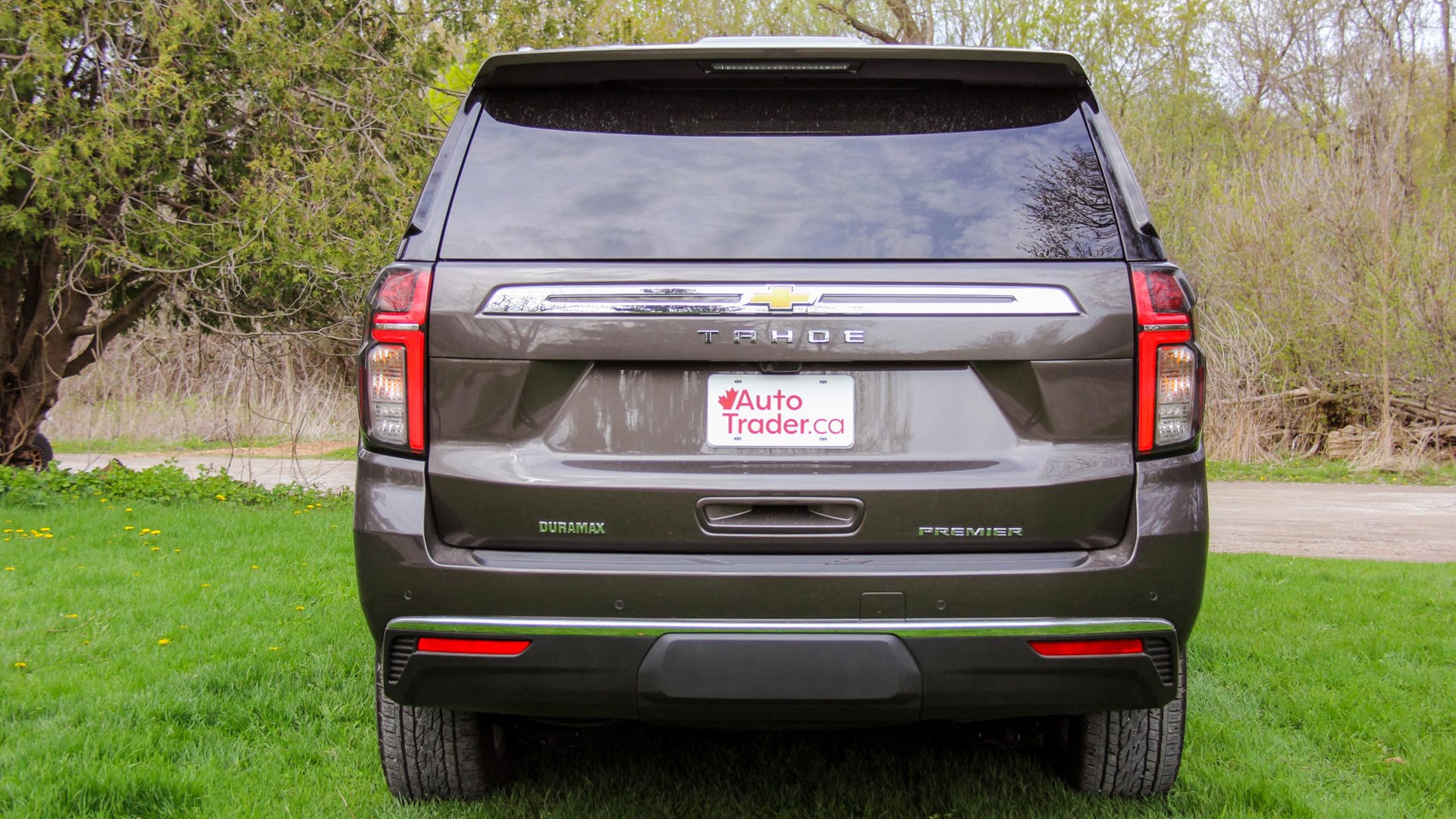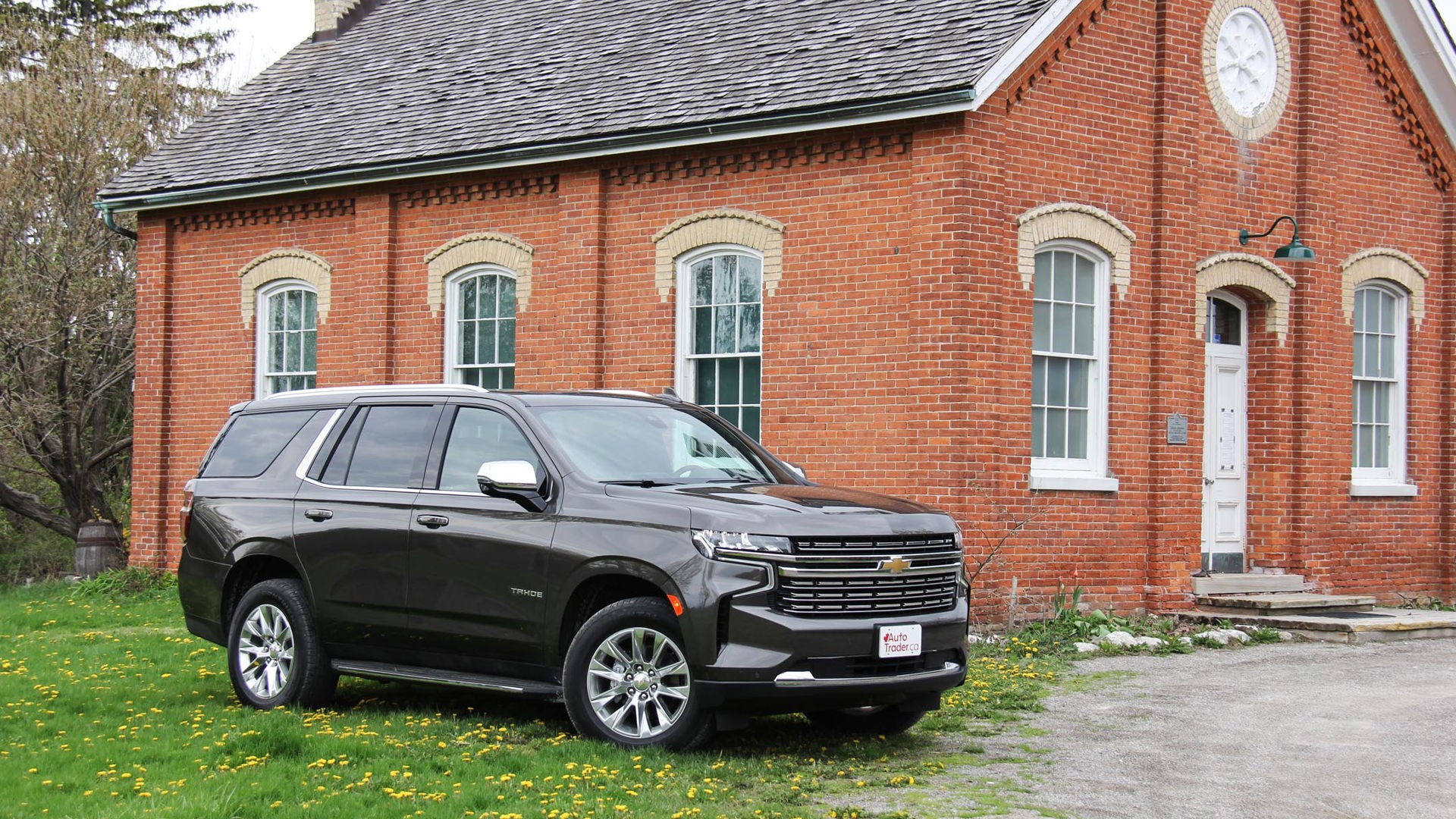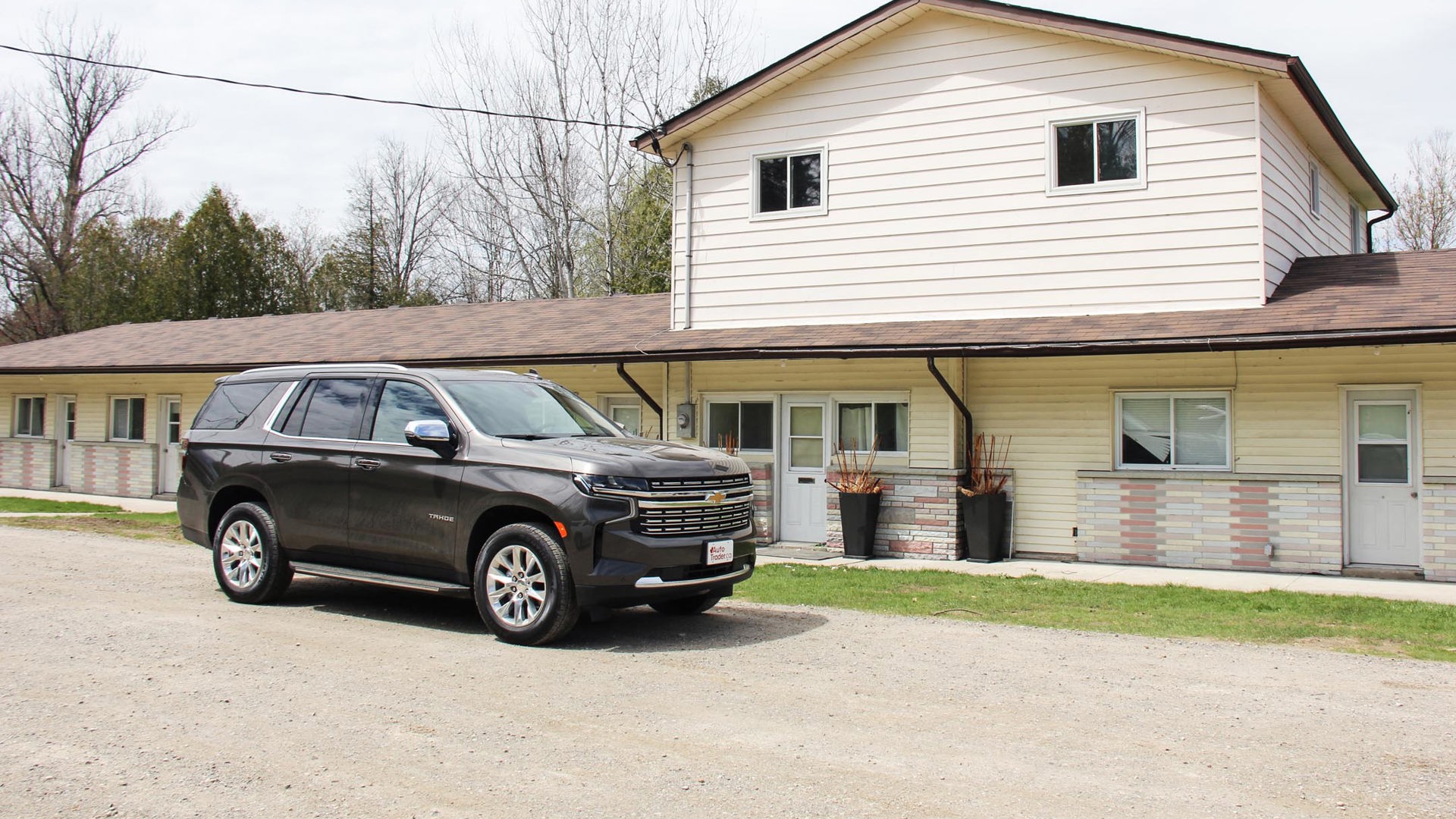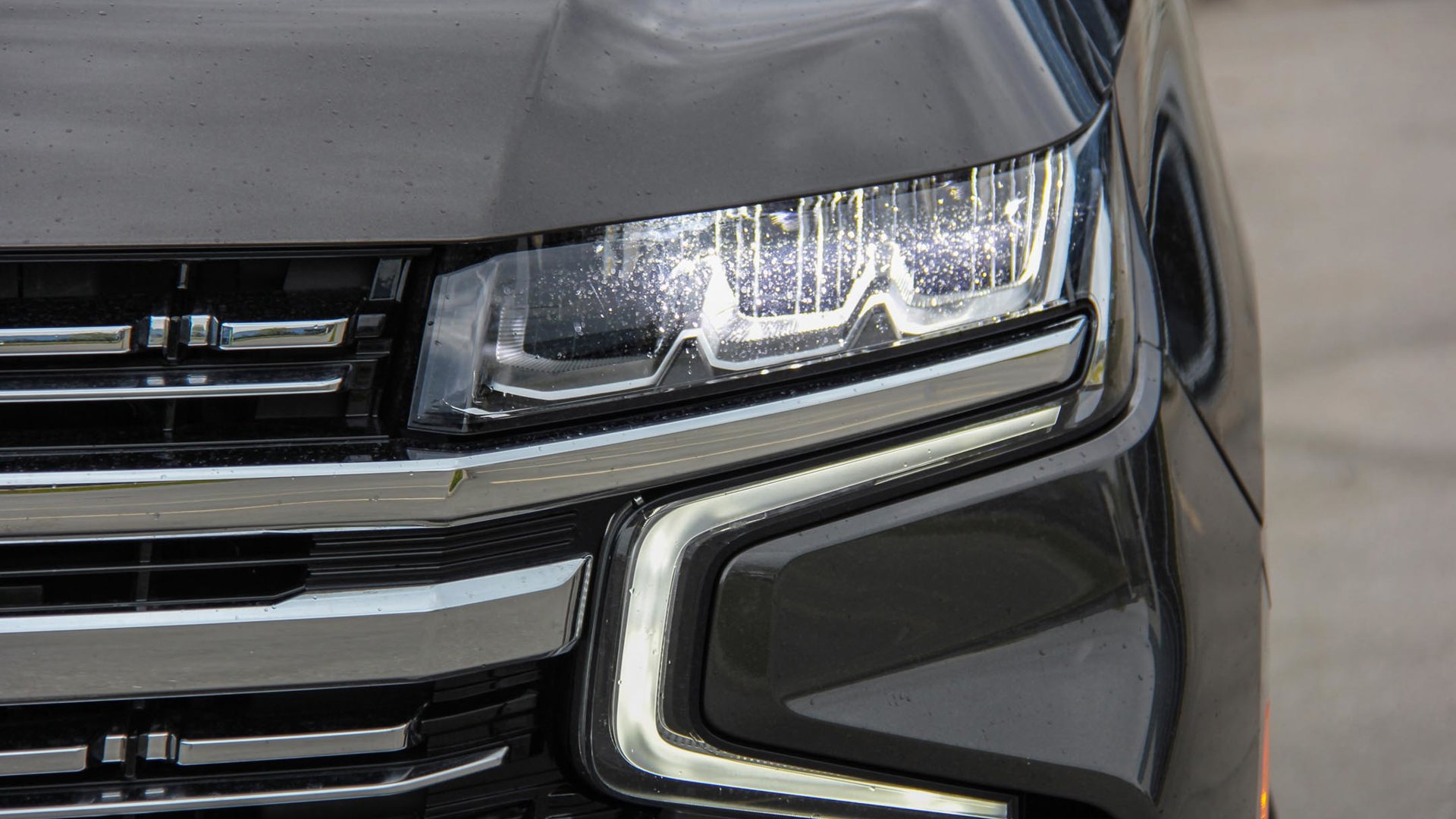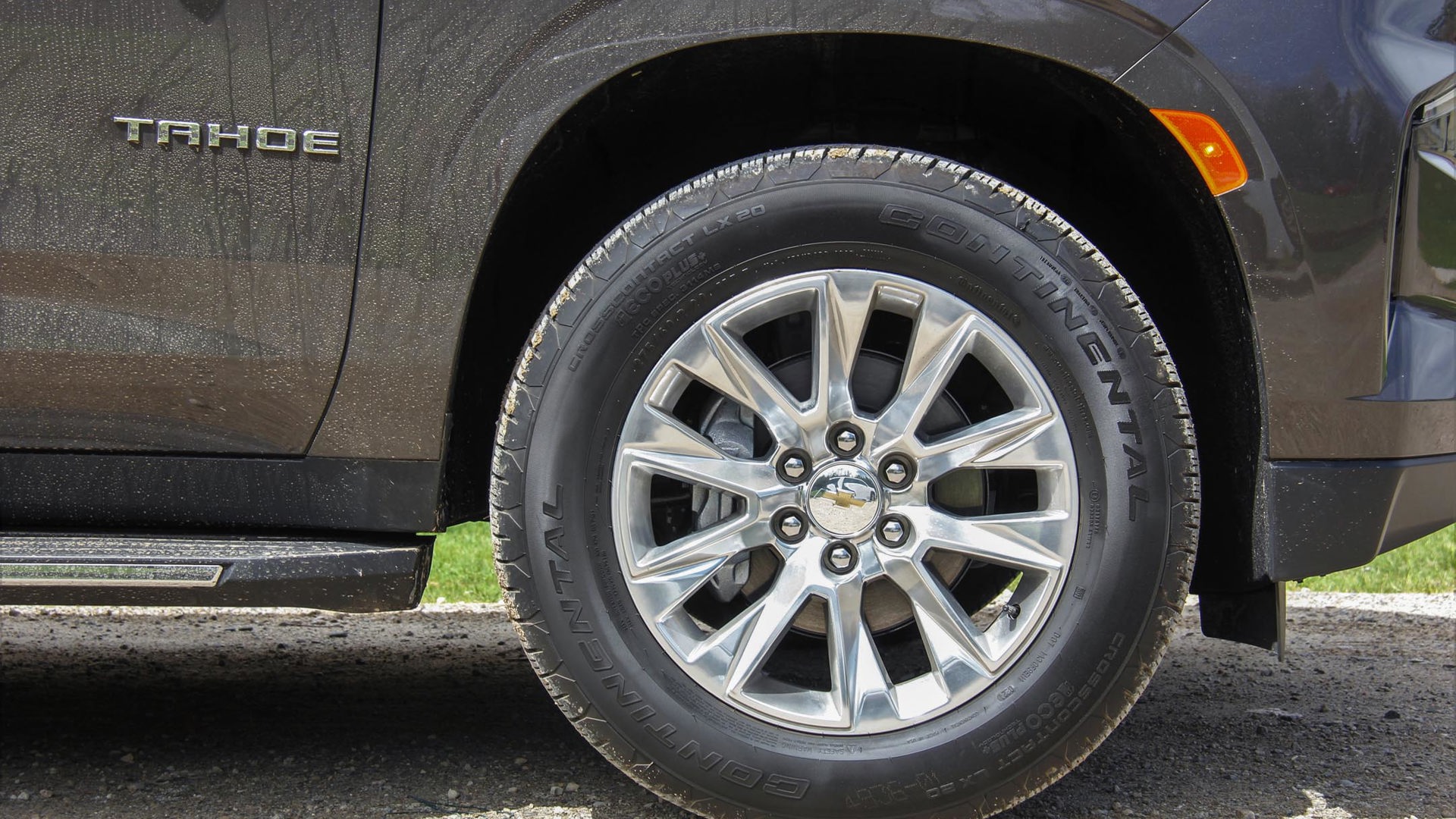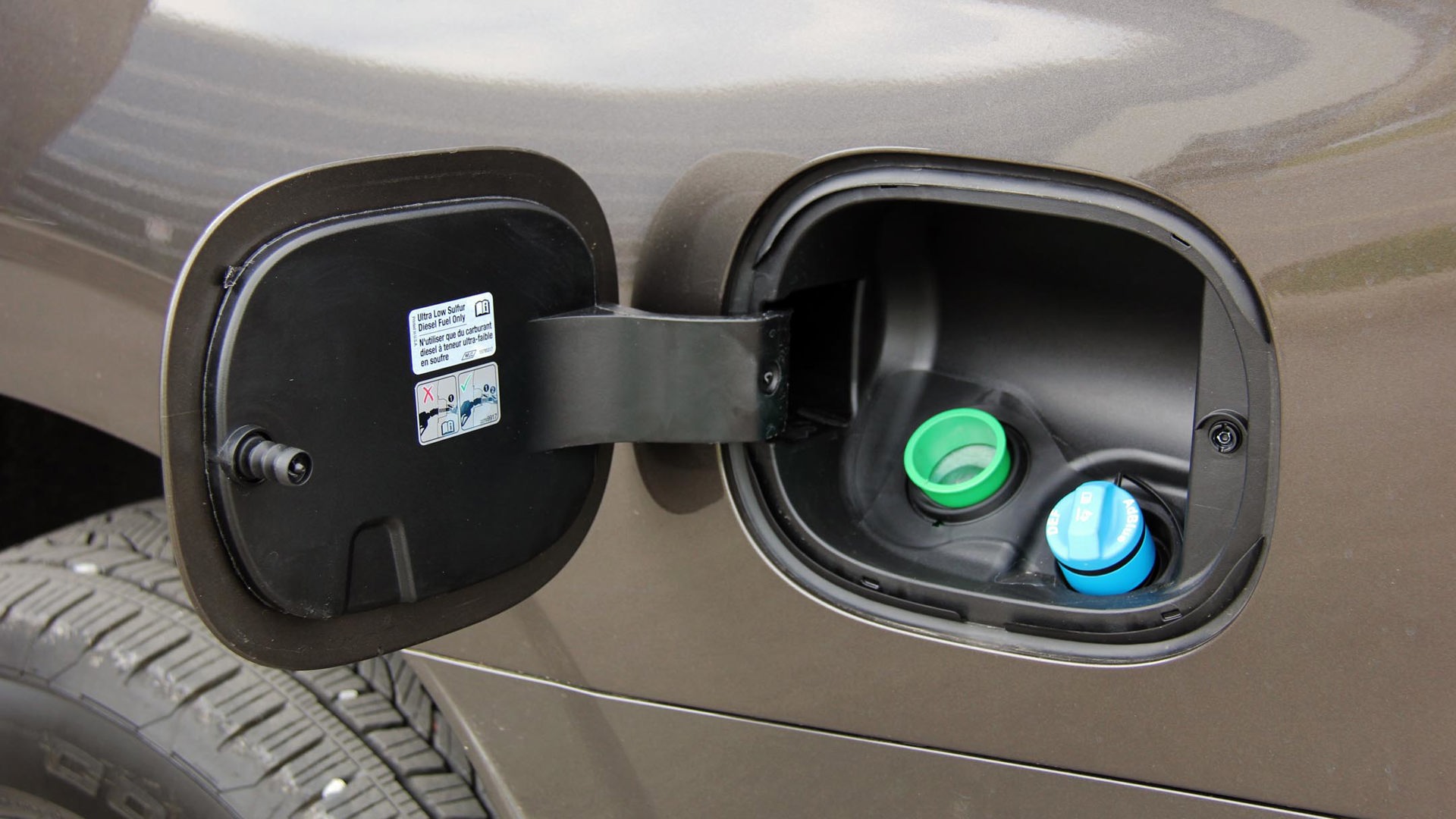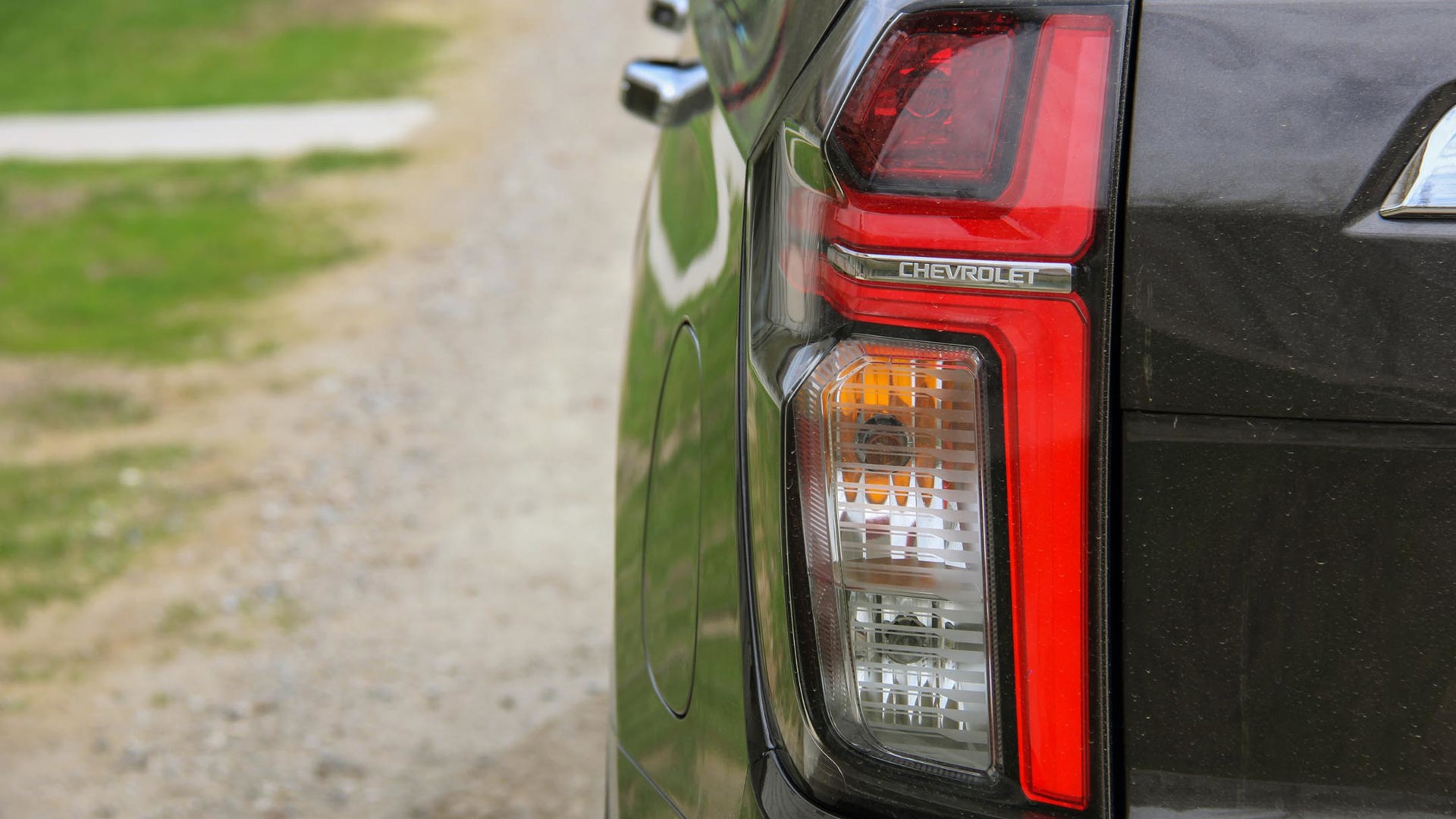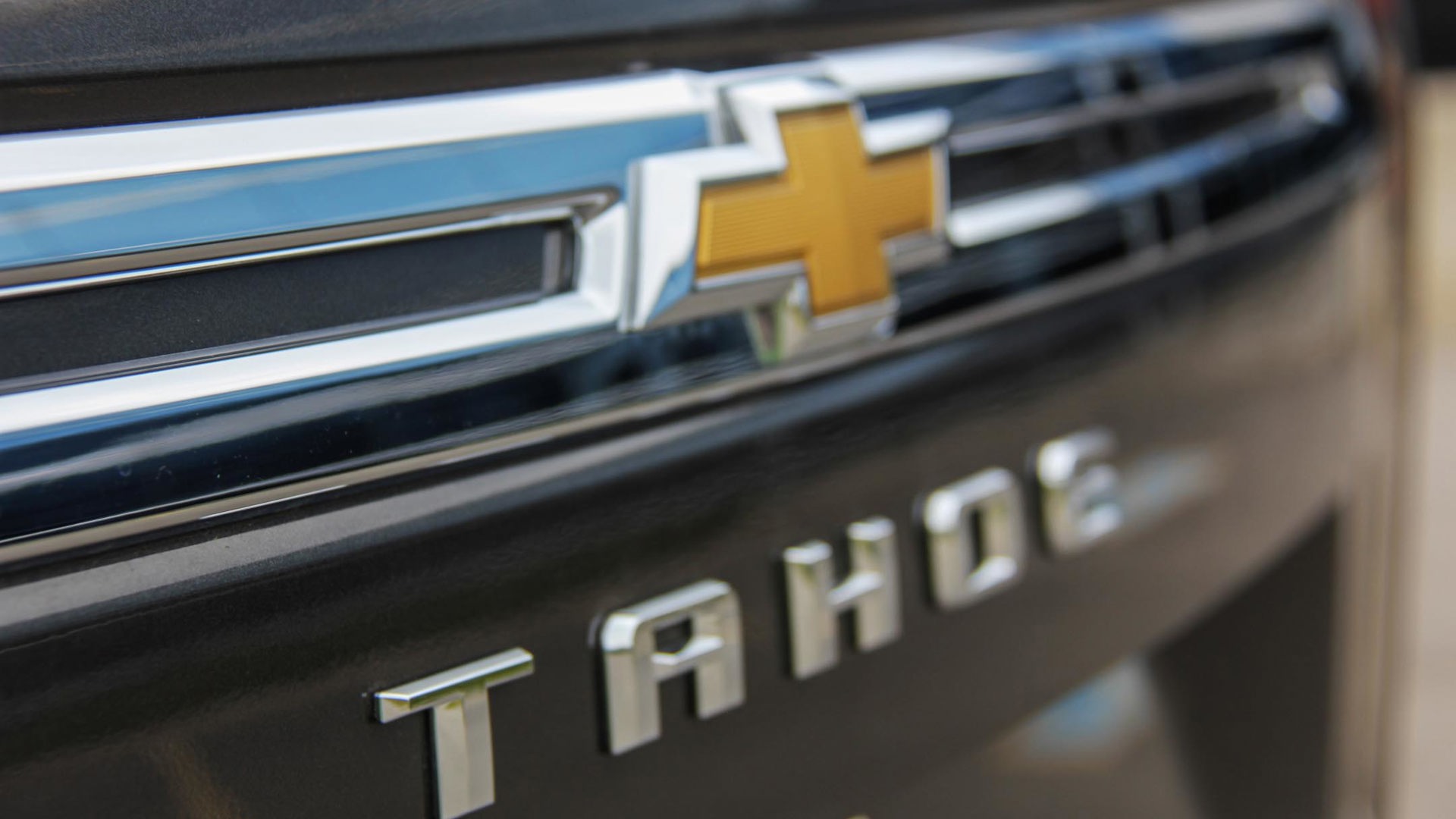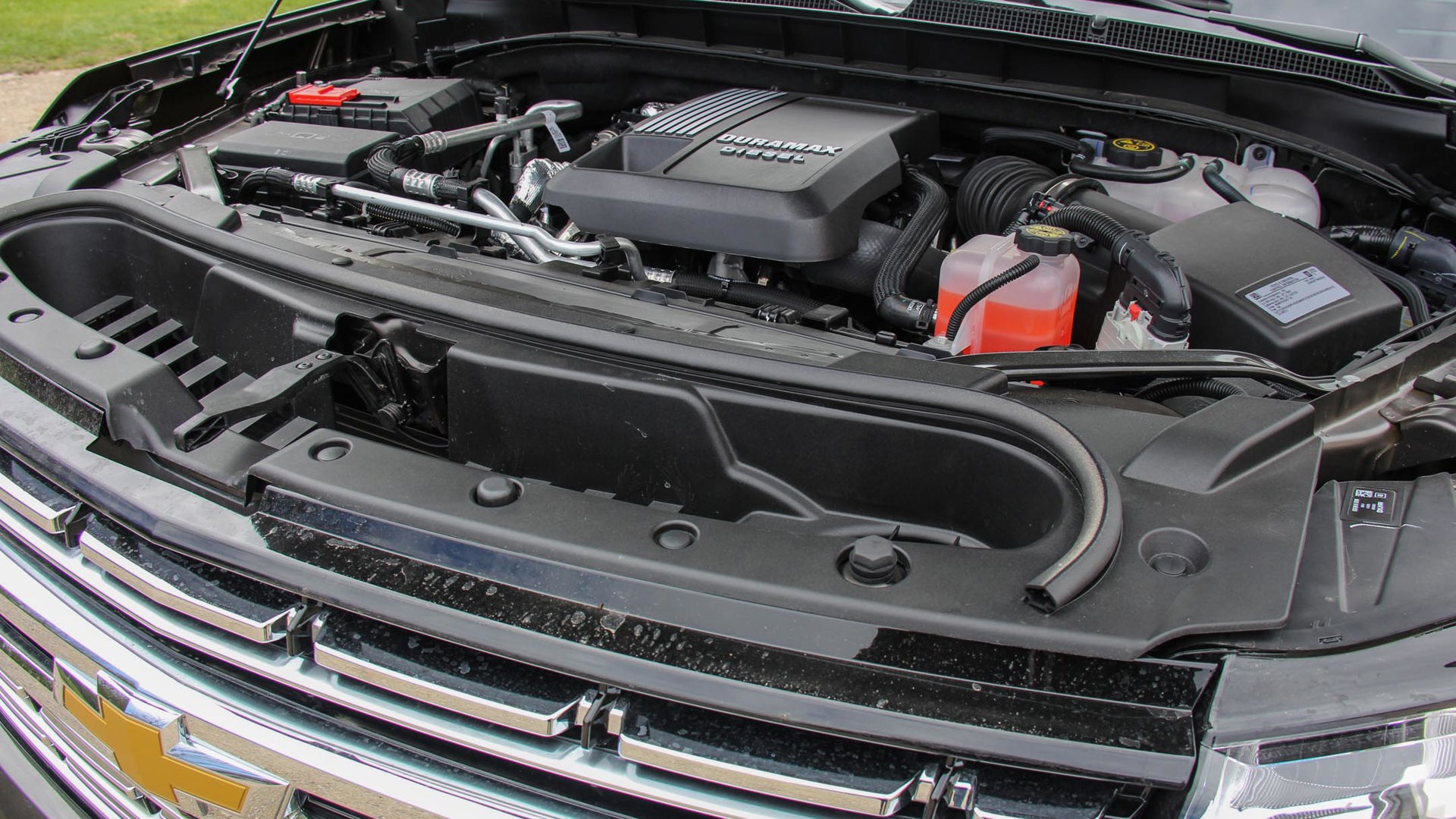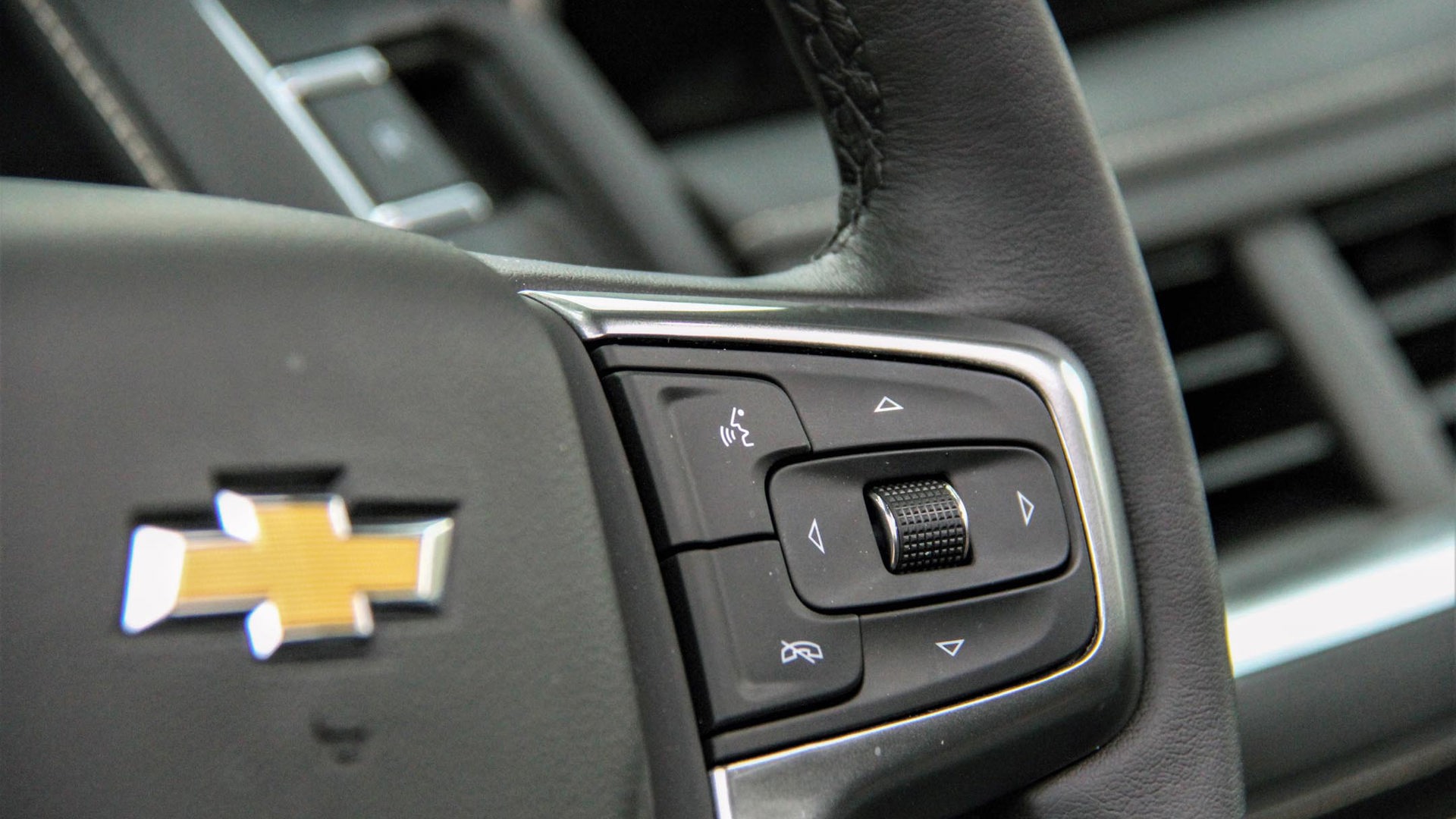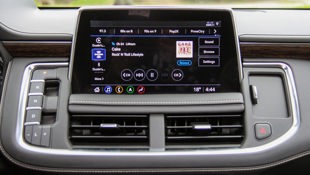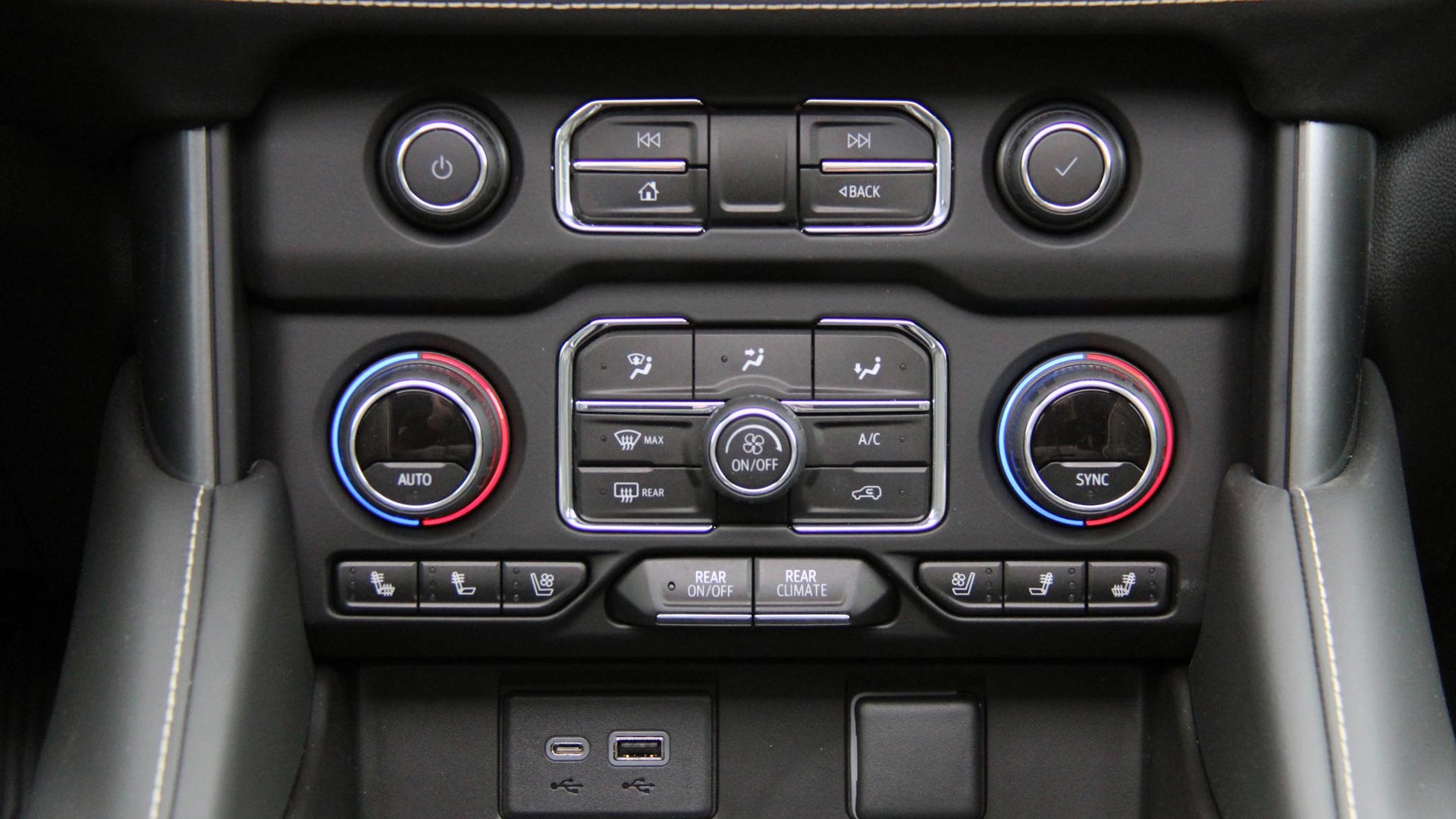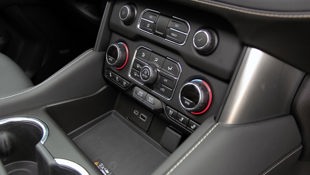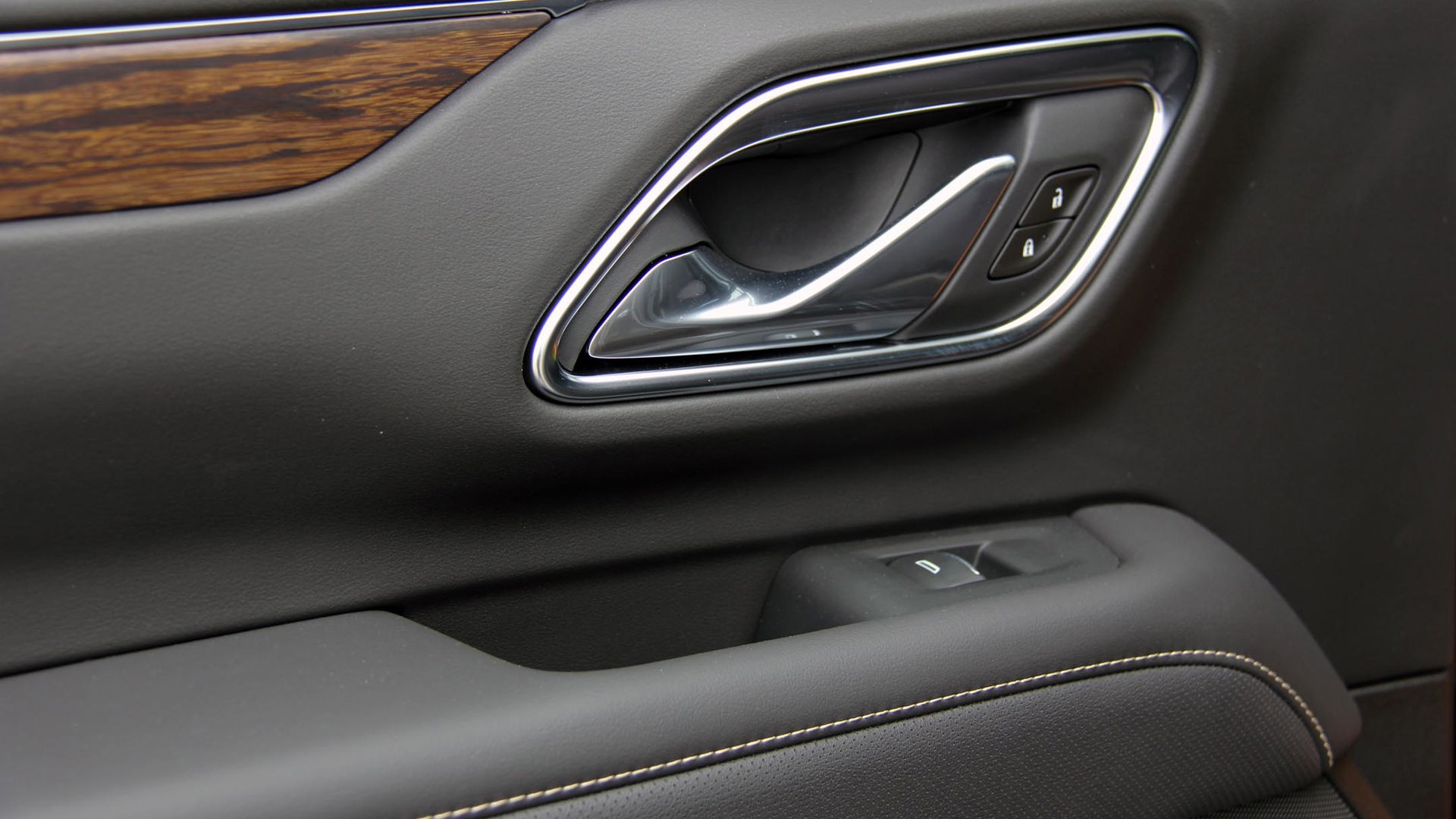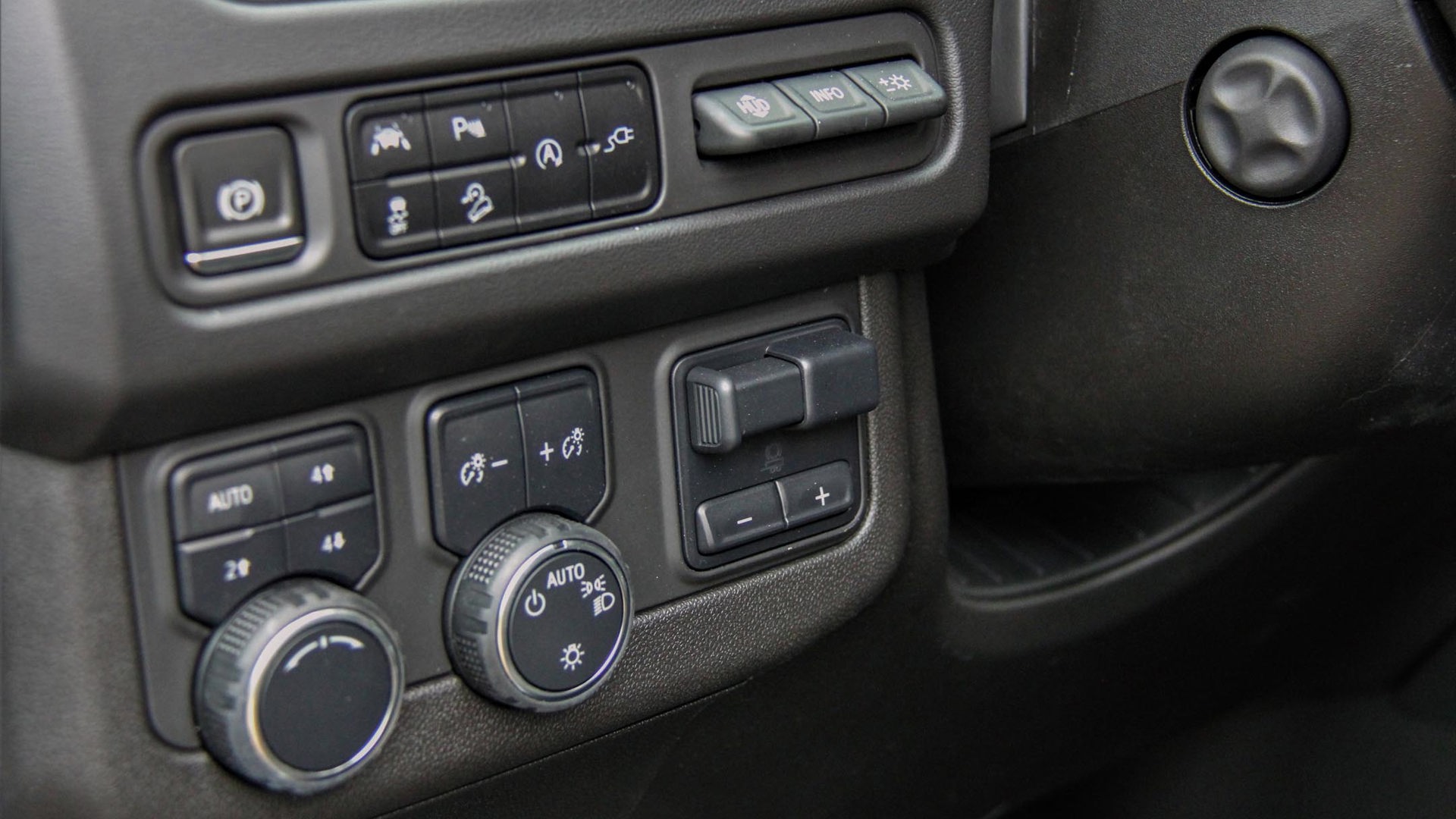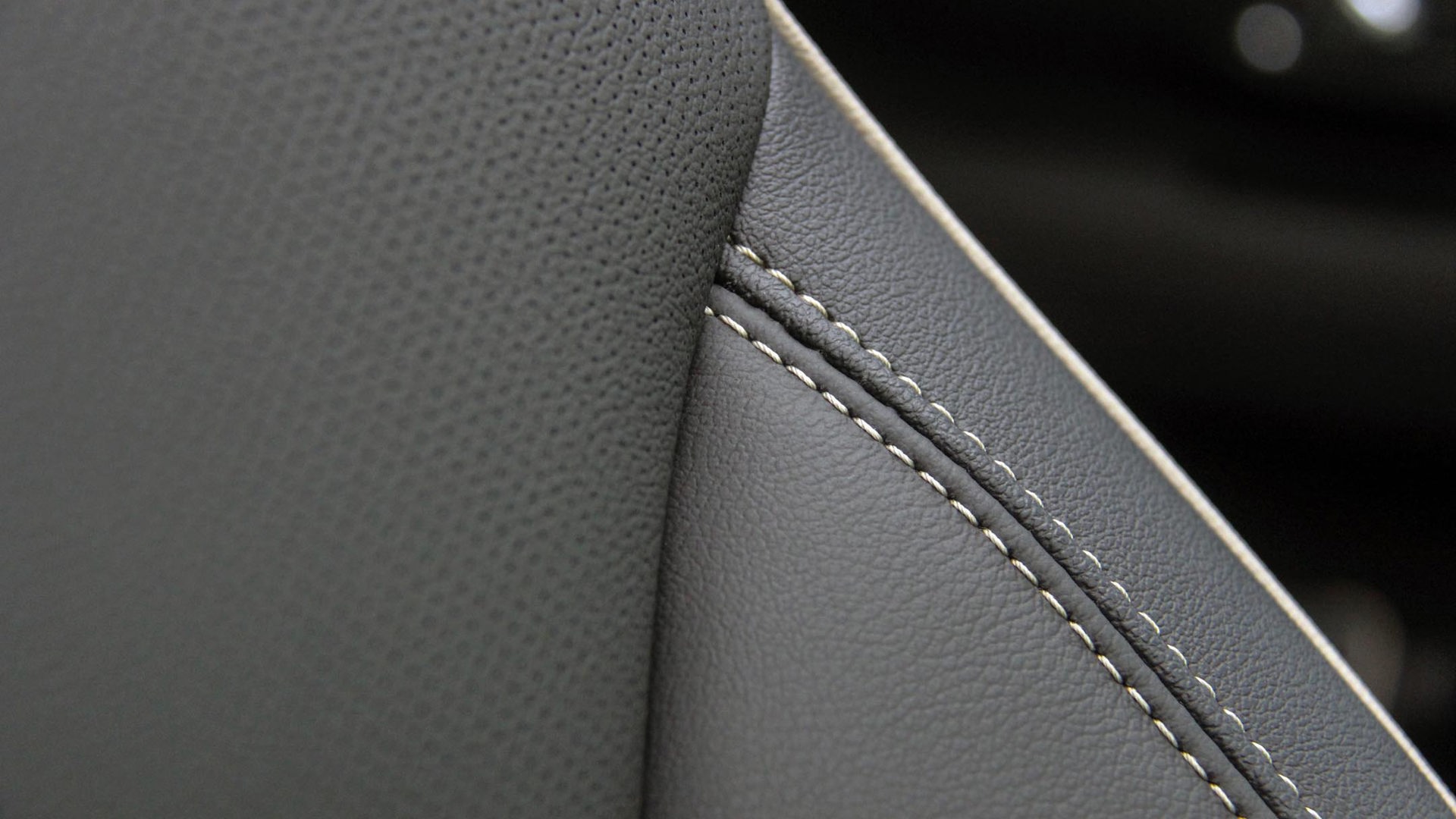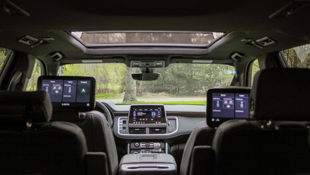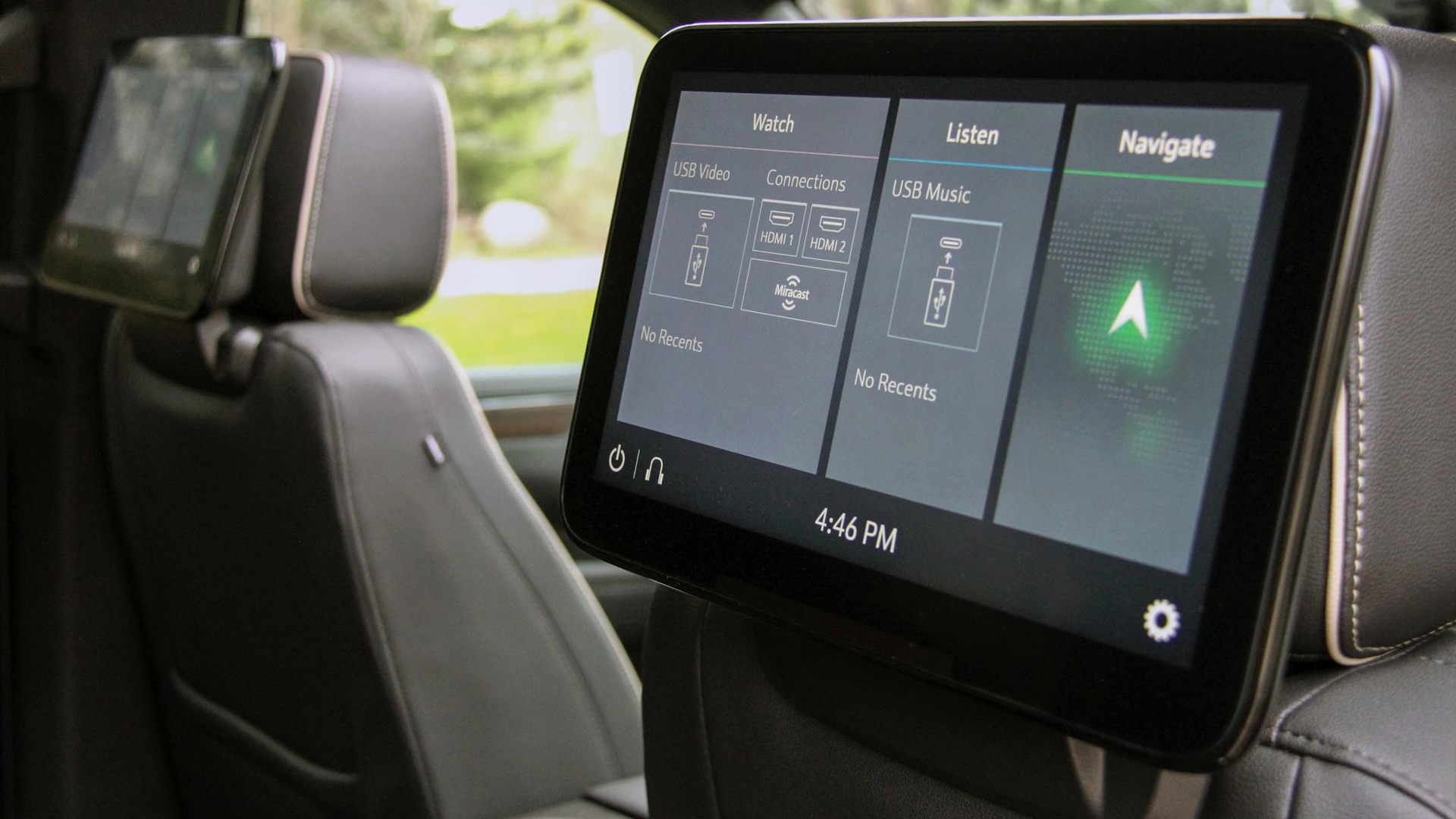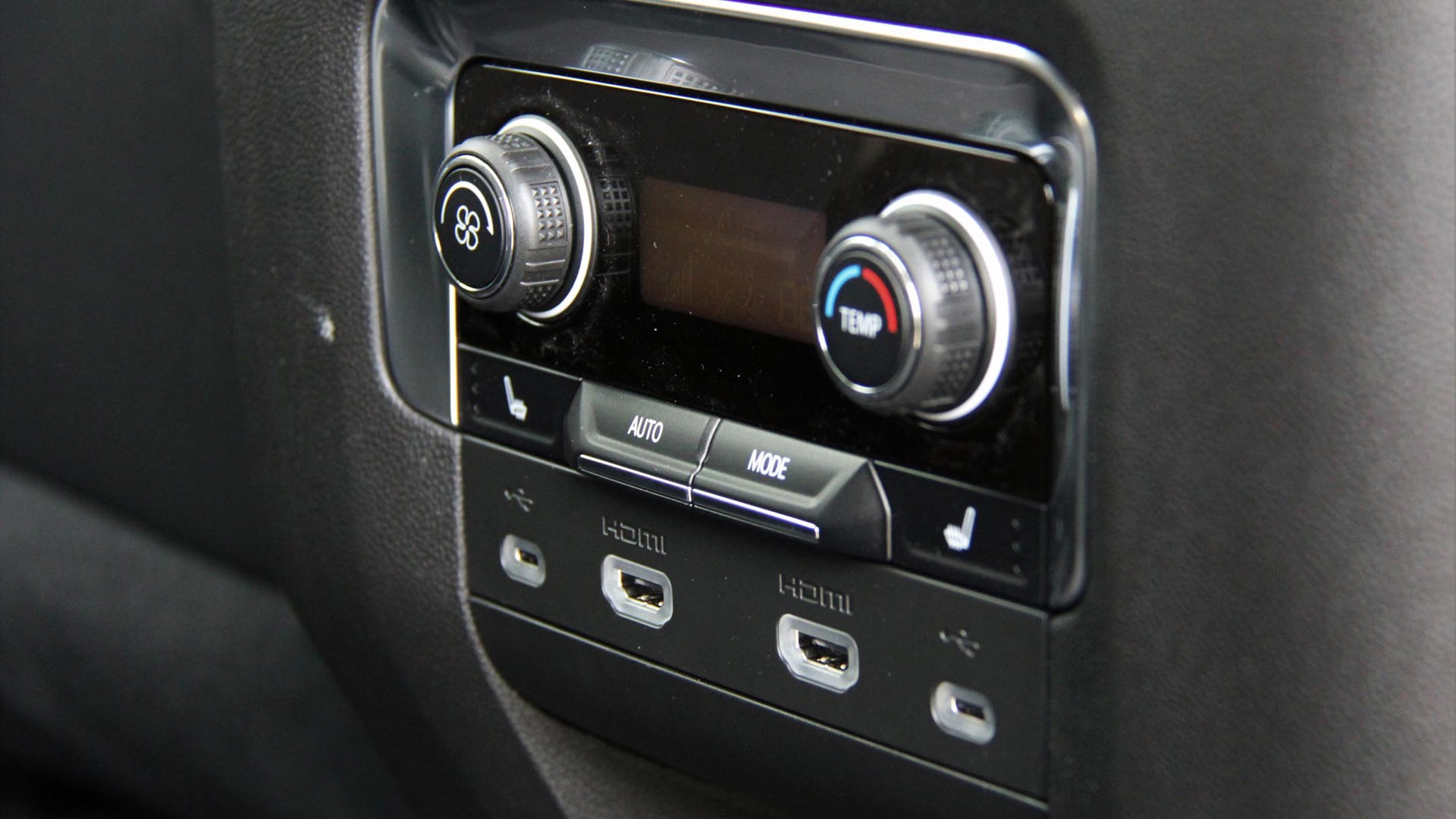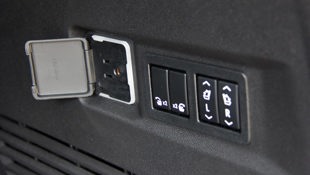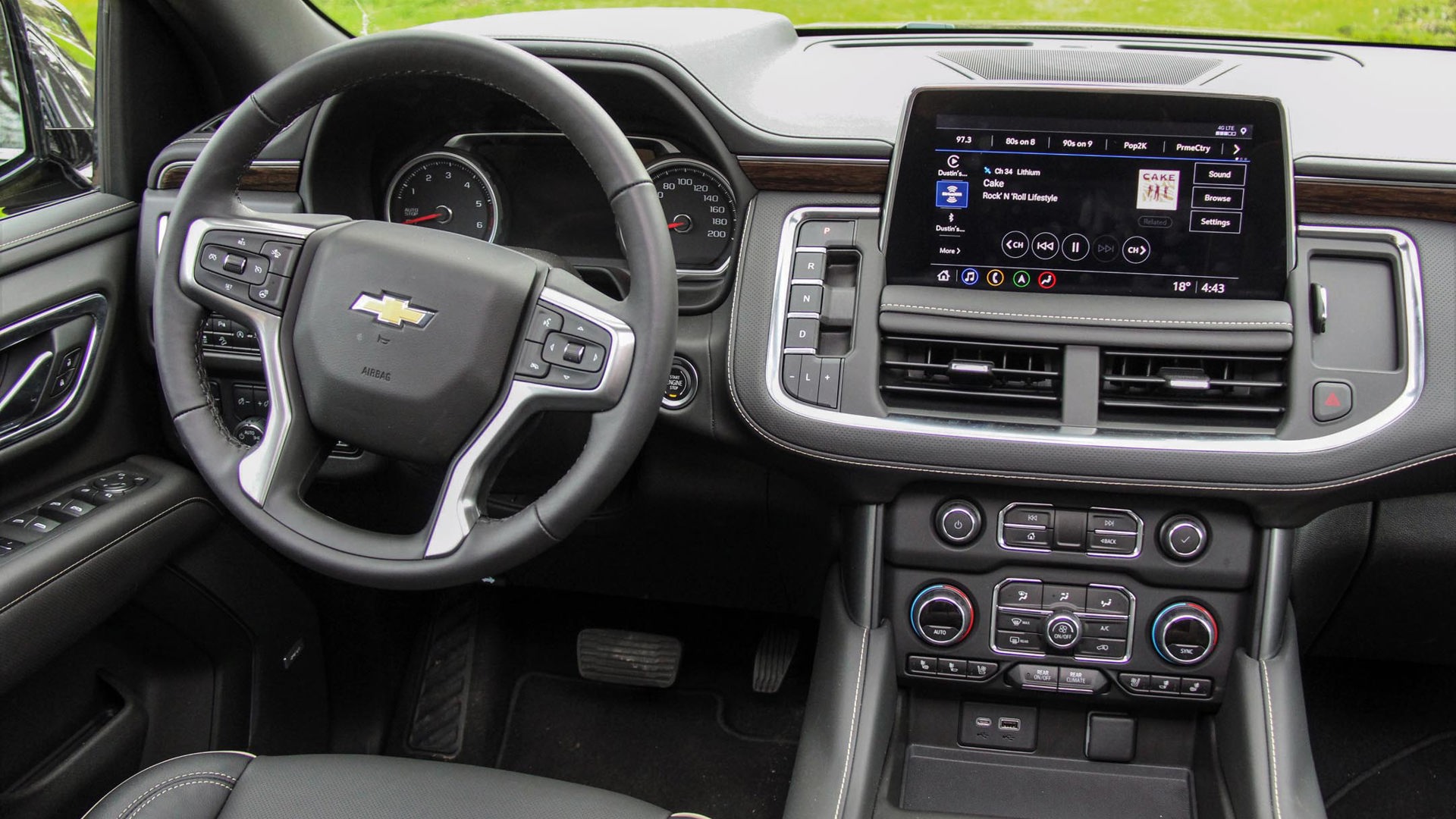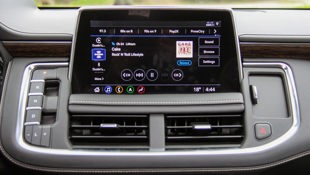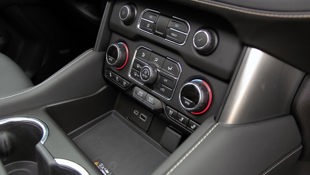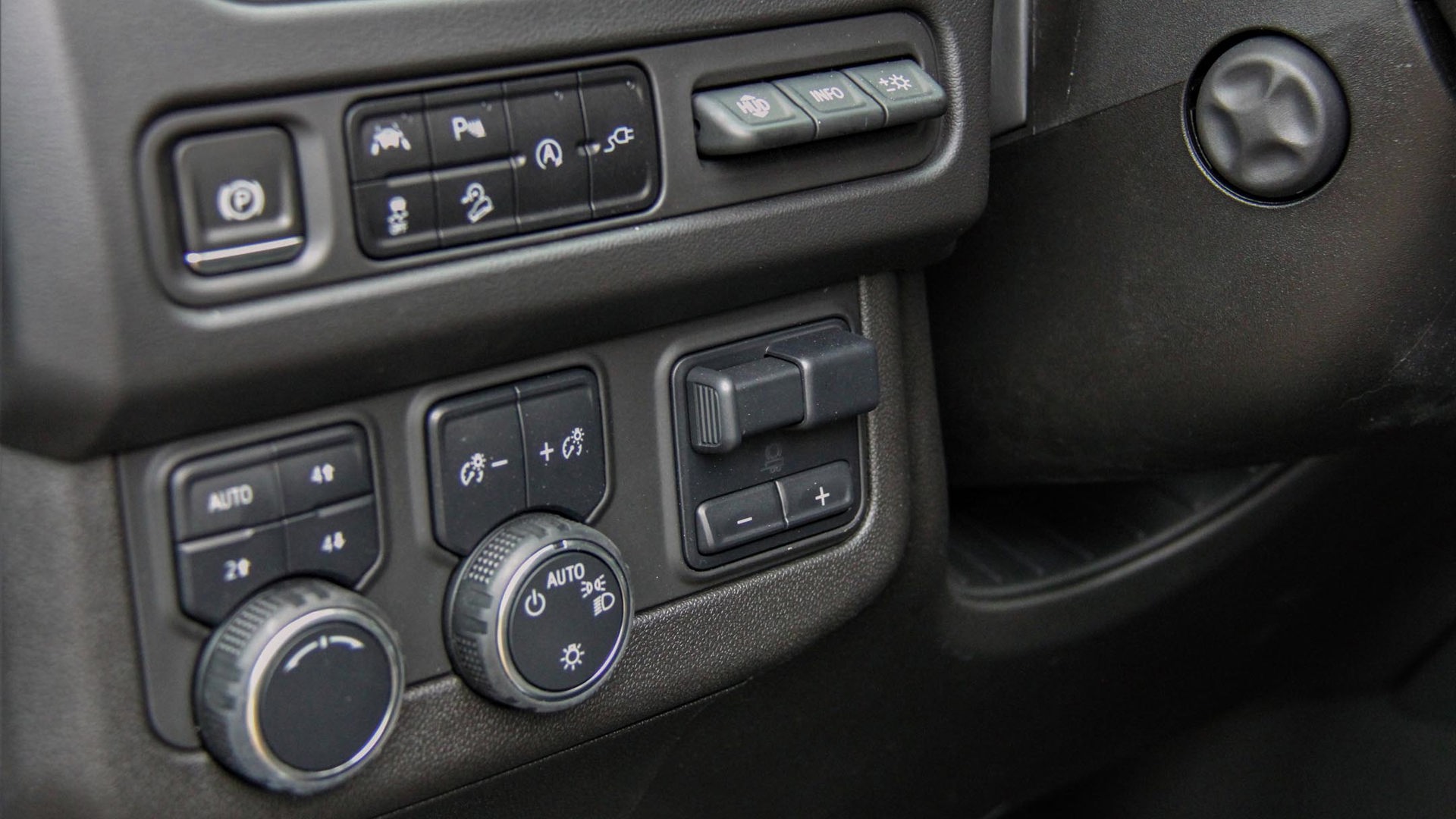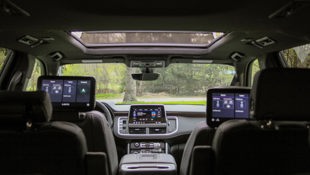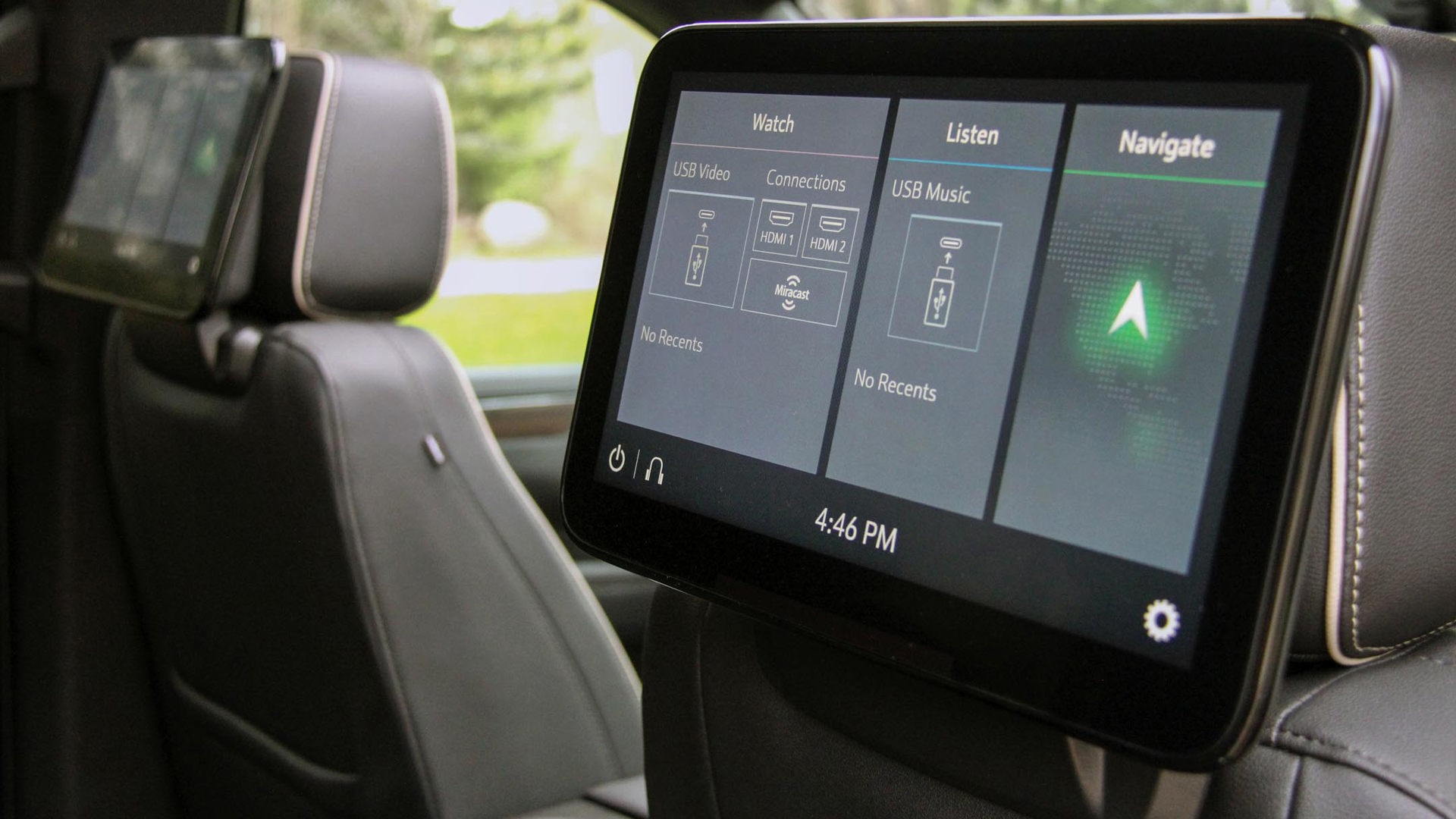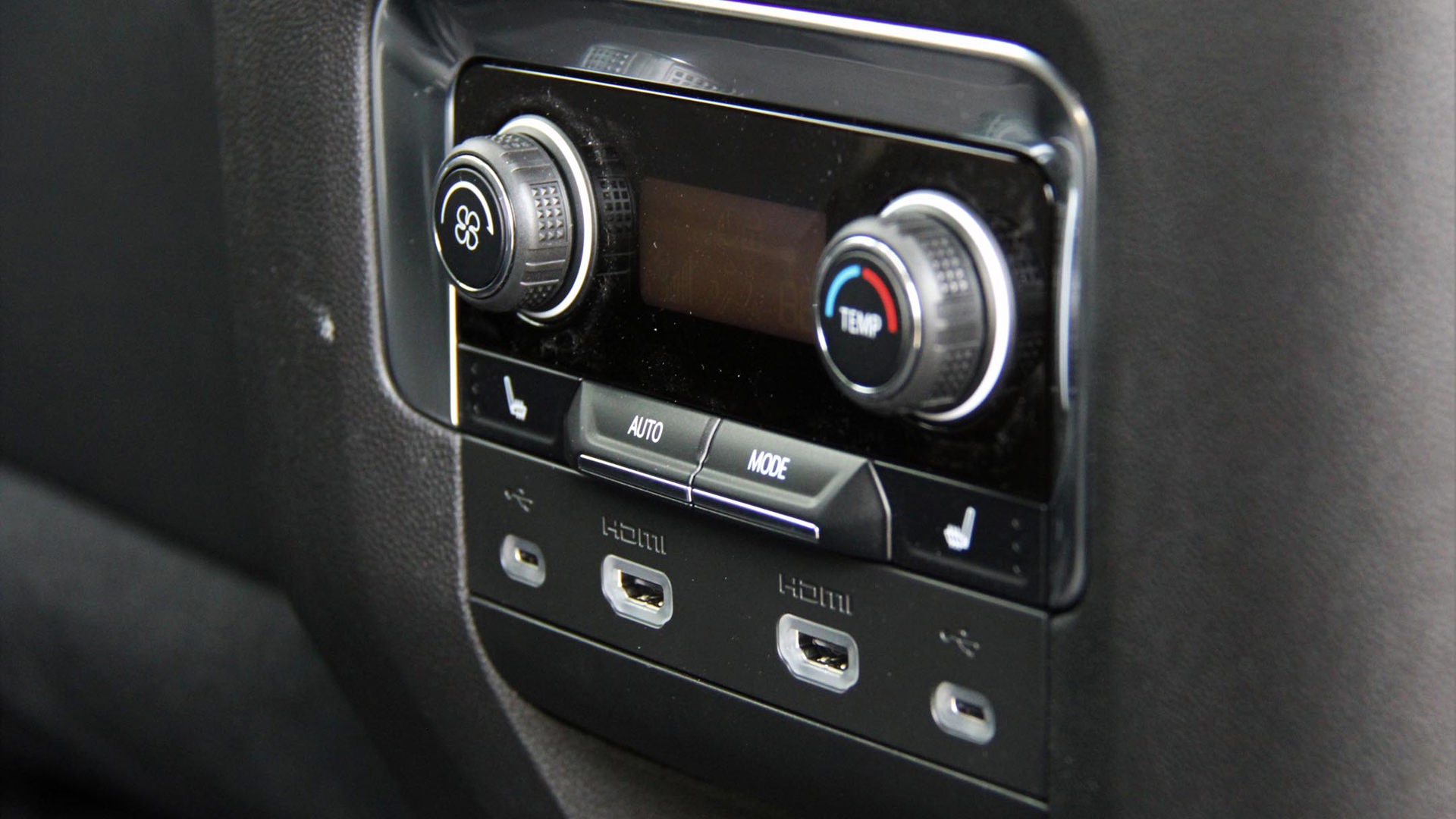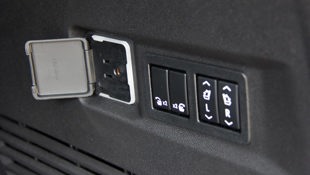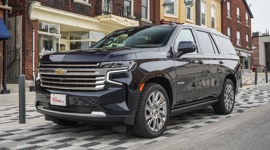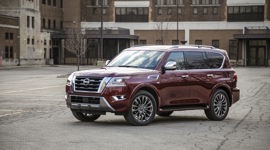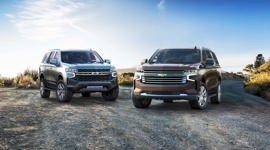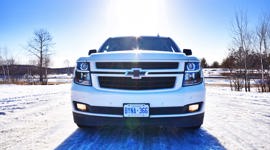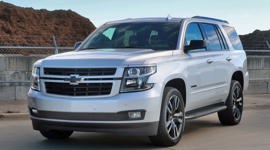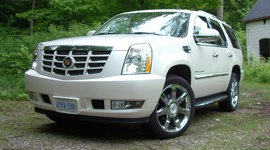Diesel engines are a staple of the commercial trucking industry, but they haven’t been widely adopted by most consumers – at least not in this part of the world.
Compression-ignition has long struggled to find its footing in North America, but it was the fallout from the so-called “Dieselgate” emissions cheating scandal that saw several brands pull the plug altogether. However, General Motors (GM) is doubling down by offering diesel power in more of its light-duty trucks, including the 2021 Chevrolet Tahoe.
Spoiled for Choice
After introducing the 3.0L inline-six-cylinder diesel in the Chevrolet Silverado and GMC Sierra half-ton trucks last year, the automaker is now offering it in the Tahoe and GMC Yukon, as well as the larger Yukon XL and Chevrolet Suburban models. That pushes the choice of engines in each to three, including 5.3L and 6.2L gas-fired V8s that make 355 hp and 383 lb-ft of torque and 420 hp and 460 lb-ft of torque, respectively. The 3.0L diesel, meanwhile, is rated at 277 hp and 460 lb-ft of torque. All three powertrains are paired with a buttery-smooth 10-speed automatic transmission.
Why Diesel?
Customers who opt for diesel have typically been those who tow heavy trailers or drive longer distances. “Diesel engines attract a premium price tag, so there has to be a payoff, like increased towing capability,” said John Barta, Assistant Chief Engineer for 3.0L engine. “The gains are magnified in larger vehicle platforms.”
Equipped with four-wheel drive and the diesel motor, the 2021 Chevrolet Tahoe boasts a max towing capacity of 3,629 kg (8,000 lb), which is impressive, except that both gas engines are capable of towing more in both two- and four-wheel-drive configurations.
Real-World Efficiency
Opting for the diesel engine adds $1,870 to the LS, LT, and RST trims, but it’s $125 less than the 6.2L V8 with the High Country package. Where the available V8s are rated to burn double-digit figures of fuel, the two-wheel-drive Tahoe equipped with the diesel is rated at 11.0 L/100 km in the city and 8.4 on the highway, while the four-wheel drive model is rated at 12.0 city and 8.9 highway.
Ratings can often differ a great deal from real-world circumstances, but experiencing the Tahoe in the city, on the highway, and exploring two lane secondary roads, I managed an average of 8.9 L/100 km. That’s pretty darn good for a three-row SUV that weighs 2,678 kg (5,904 lb).
Trim and Availability
The optional diesel engine is available in all Tahoe trims but the Z71. (Fitment with that particular fascia posed a challenge, as the inline-six is the longest engine in the portfolio.) The Tahoe LS diesel starts at $62,293 before tax but including the non-negotiable $1,950 freight charge, while the top-of-the-line High Country is $83,373. The Tahoe I tested was the Premier, which is one trim from the top, and included options that pushed the price to $88,558 before tax.
Fighting Poor Perceptions
Perhaps the most common gripes about diesel engines are the noise, vibrations, and smell they generate – although none really applies to modern motors. GM Canada said additional insulation and noise abatement actions were taken for the Tahoe, Yukon, and Suburban, since SUV owners would likely be less accepting of the subtle diesel engine sounds than pickup owners. There is minimal noise from the engine at idle, and it really only becomes evident if you’re standing next to the engine bay while the vehicle is running or when accelerating with the windows open. If you have the windows up and the stereo on, you likely won’t even notice it, as its near-silent soundtrack is drowned out by the minimal road noise experienced in the tranquil cabin.
The inline-six may not be loud, but unlike the V8s that have a nice, deep rumble, its sound profile isn’t particularly enjoyable either. The usual diesel tremors felt in the seat of the pants also don’t seem to be evident here.
Big Trucks, Big Changes
The differences between the Chevrolet Tahoe and GMC Yukon twins weren’t always easy to spot. Offered at different dealers, they previously looked and felt virtually the same. This changes for 2021, with the brands diverging to appeal to different audiences. Unique appearances, packaging, and trim options have helped put some space between them, while the Cadillac Escalade has springboarded to an upper echelon of opulent luxury and modern technology.
Most notable inside is the dash-mounted push-button gear selector. It may take some time to become acclimatized to it, but the buttons feel more substantial and higher in quality than those from some competitors. It also frees up space in the centre console.
The expansion of exterior dimensions – it’s 173 mm (6.8 in) longer than before, while the wheelbase is 125 mm (4.9 in) longer – and the addition of an independent rear suspension this time around means the Tahoe’s interior is palatial.
Coil springs and conventional shocks and struts are standard on the LS and LT, with magnetorheological dampers provided on higher trims. Supple and smooth adaptive air suspension is also now available. The system adapts to road conditions, making rapid adjustments when encountering rough or uneven surfaces. It also provides 100 mm (3.9 in) of ride height adjustability. Maximum height is offered with four-low engaged on the transfer case, while the lowest setting allows for easier access when parked and improved aerodynamics while on the highway. Ride quality and handling on all trim levels is vastly improved over the previous generation.
Comfort and Convenience
The Premier package is suitably well equipped with those magnetorheological dampers, perforated eight-way power-adjustable leather heated and ventilated seats (the second row is only heated), a heated steering wheel with power tilt and telescopic functions, and much more. There’s an eight-inch digital display in the gauge cluster and a 10.2-inch colour infotainment touchscreen connected to a 10-speaker sound system that features satellite radio, Bluetooth, and wireless Apple CarPlay and Android Auto connections. There’s also a surround-view system that provides eight camera views, and a digital rearview mirror display that helps when the rear cargo area is obstructed.
The wireless charging pad has been moved from atop the centre armrest to a more convenient place below the HVAC controls on the centre stack. The optional powered centre console is able to move 254 mm (10 in) rearward at the push of a button. This allows rear passengers easier access to HVAC and heated seat functions, as well as USB ports (and HDMI, should the rear entertainment system be optioned), while front-seat occupants gain access to a cavernous storage area. Another notable improvement is the ability to easily flip the second-row seats and fold the third row flush into the floor rather than having to remove them like in previous generations.
Second-row occupants can be treated to a pair of 12.6-inch tilting touchscreens. Gaming systems can be connected via USB or HDMI. Screens are connected with the front system, allowing passengers to set a destination to share with the driver.
Standard Safety Features
The LT trim adds forward collision alert, automatic emergency braking and pedestrian braking, as well a government-mandated back-up camera. The Premier trim also includes such safety features as lane departure warning, lane-keep assist, blind-spot monitoring with rear cross-traffic alert, and front and rear parking sensors.
Final Thoughts
The diesel-powered 2021 Chevrolet Tahoe is a large SUV with a smaller appetite for fuel than its competitors. Rivals may come close to offering the level of fit and finish of the Tahoe, but narrowly miss the mark thanks to the many upgrades to this new generation.
